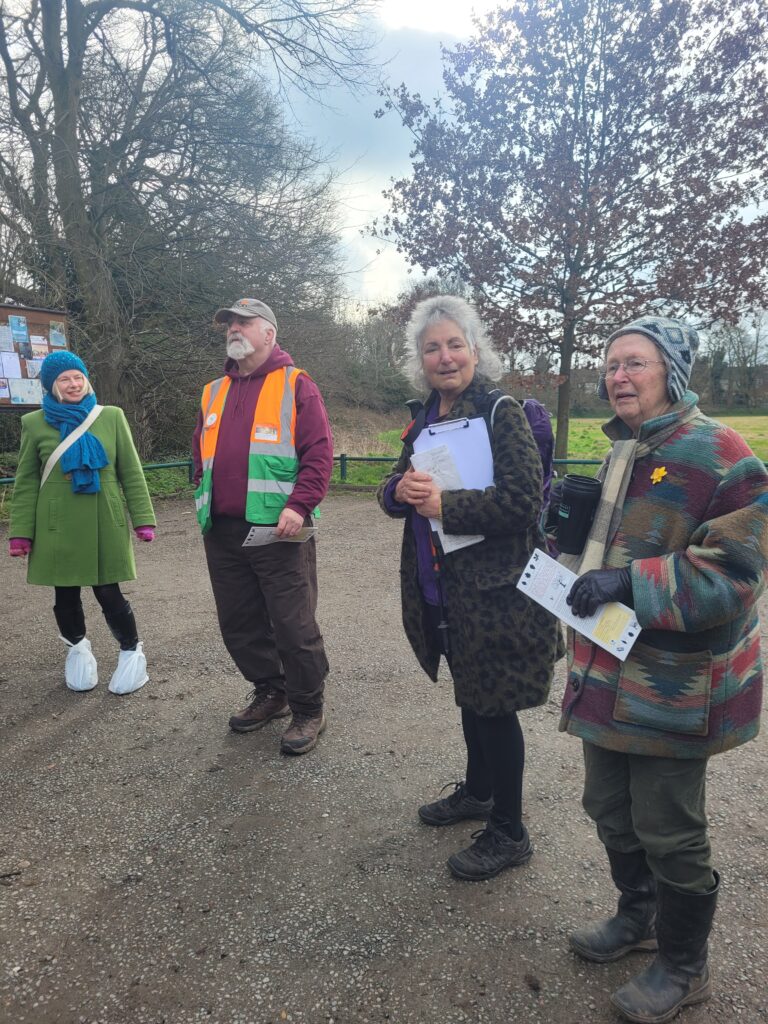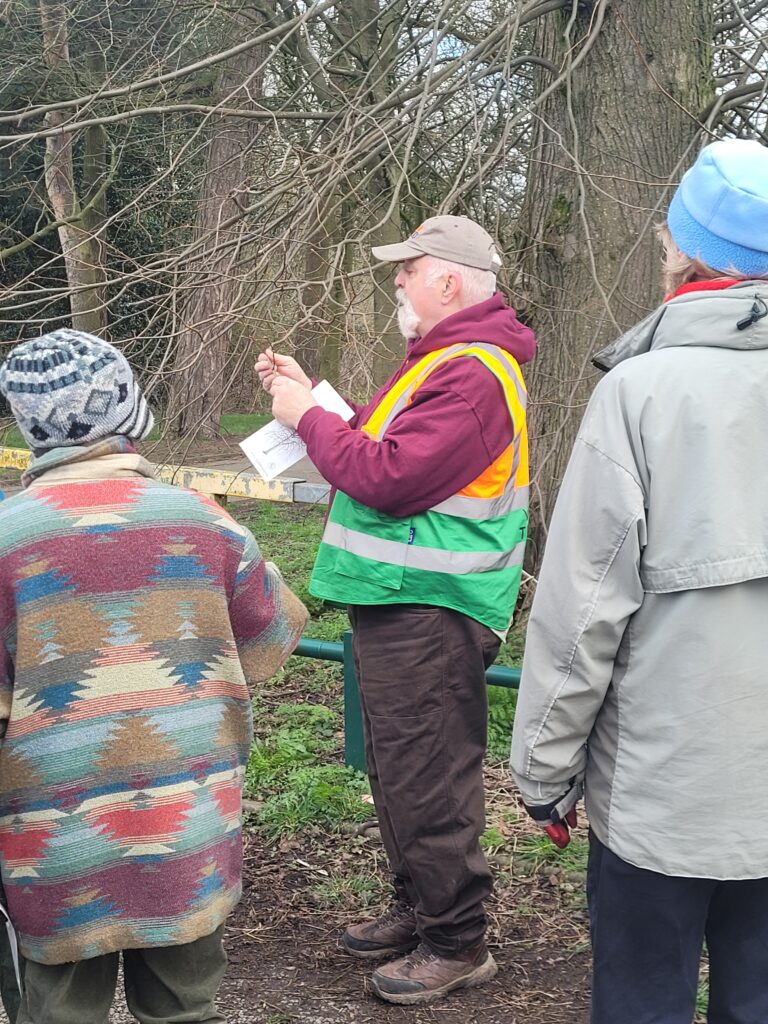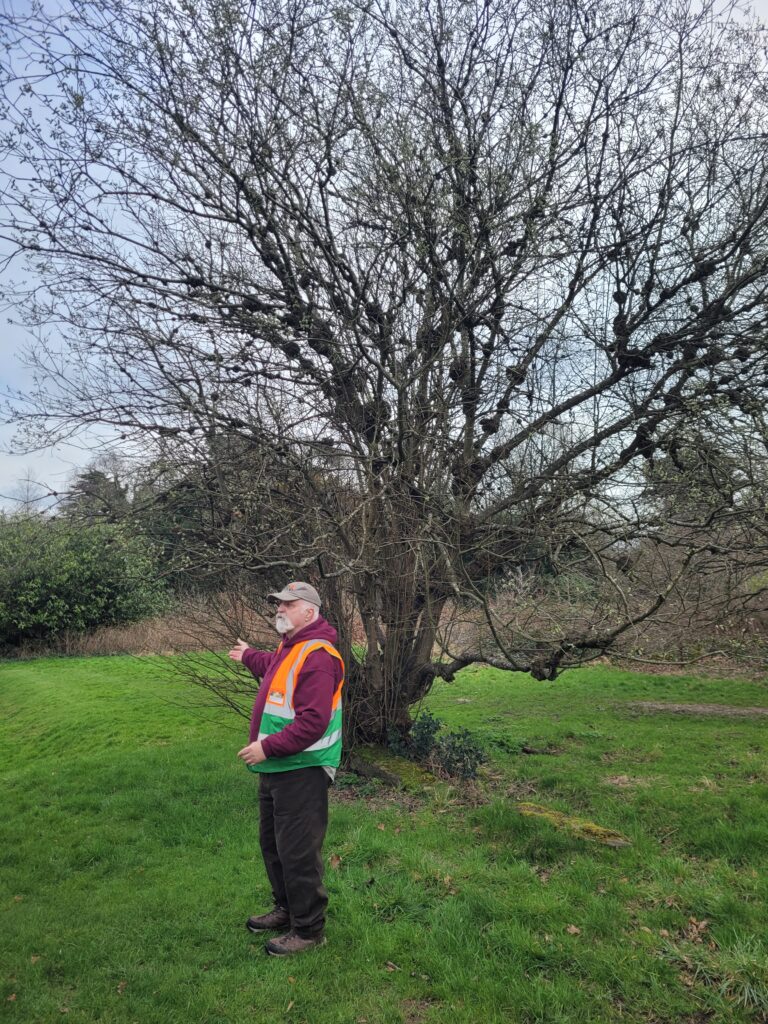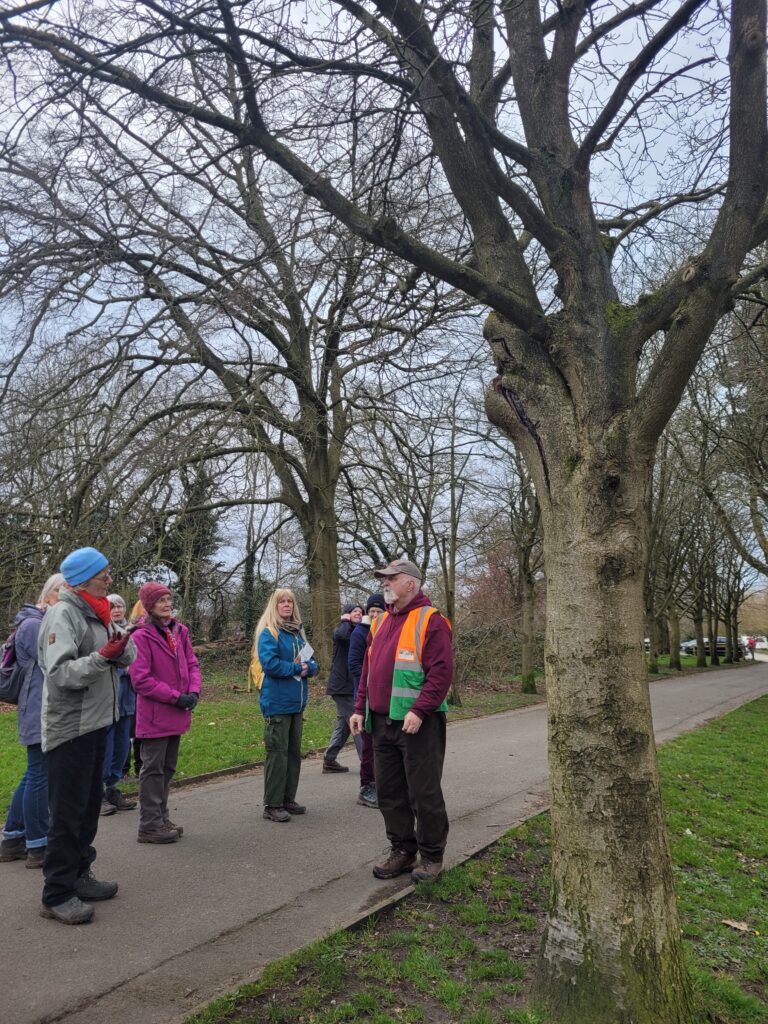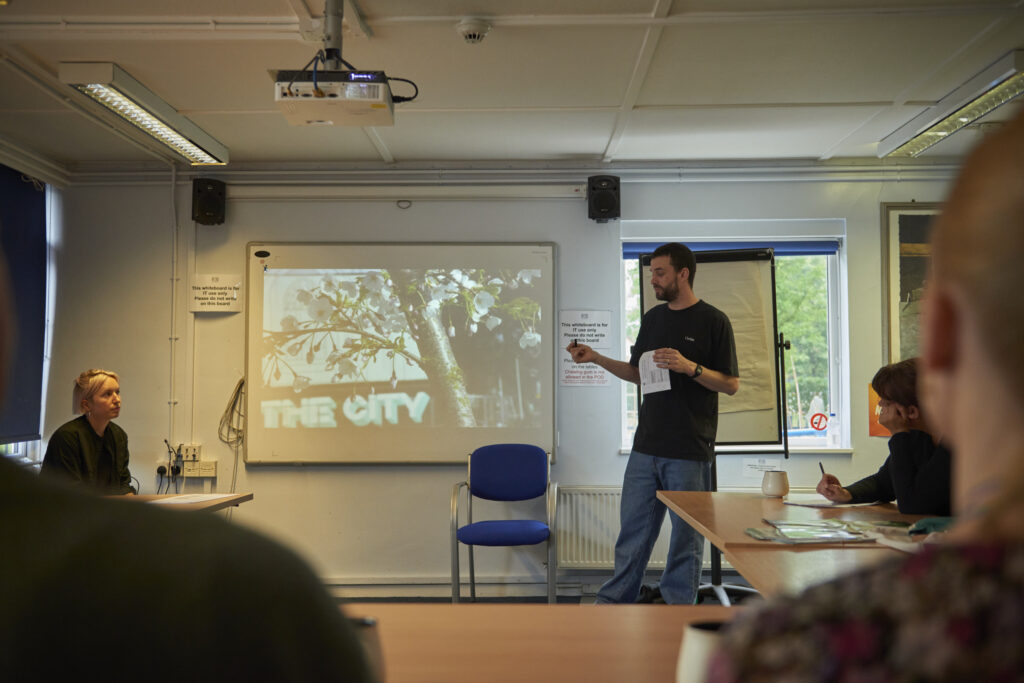
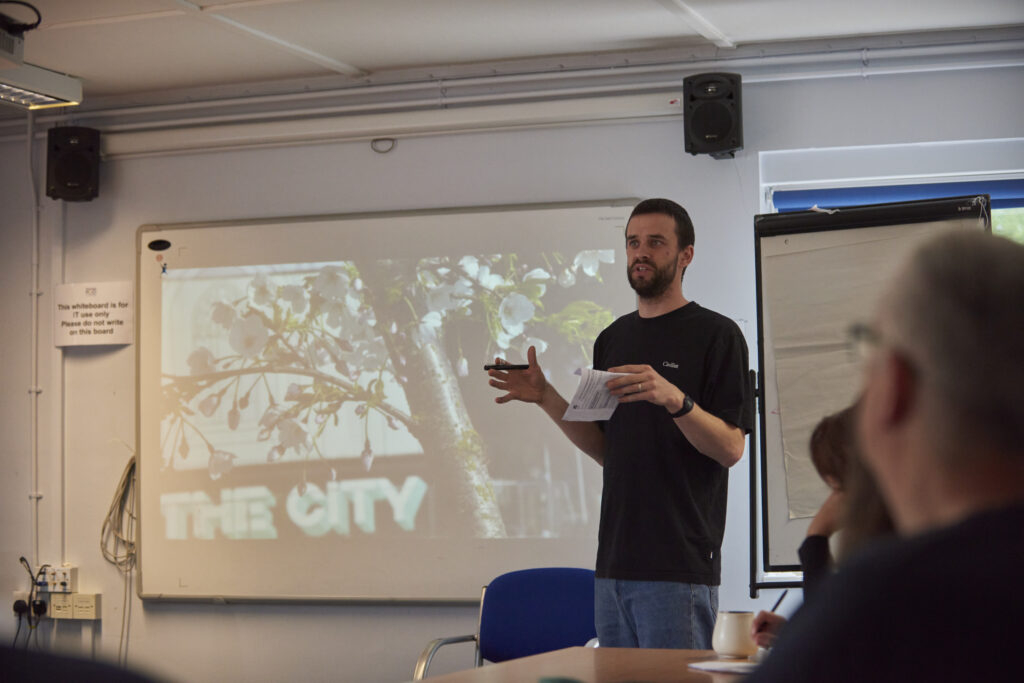
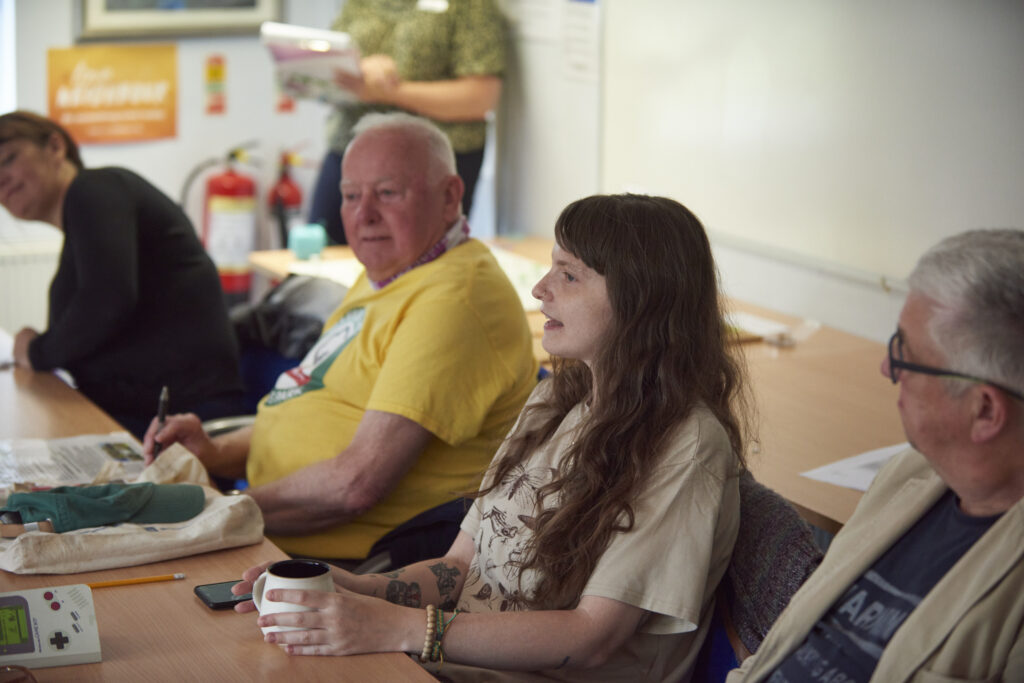
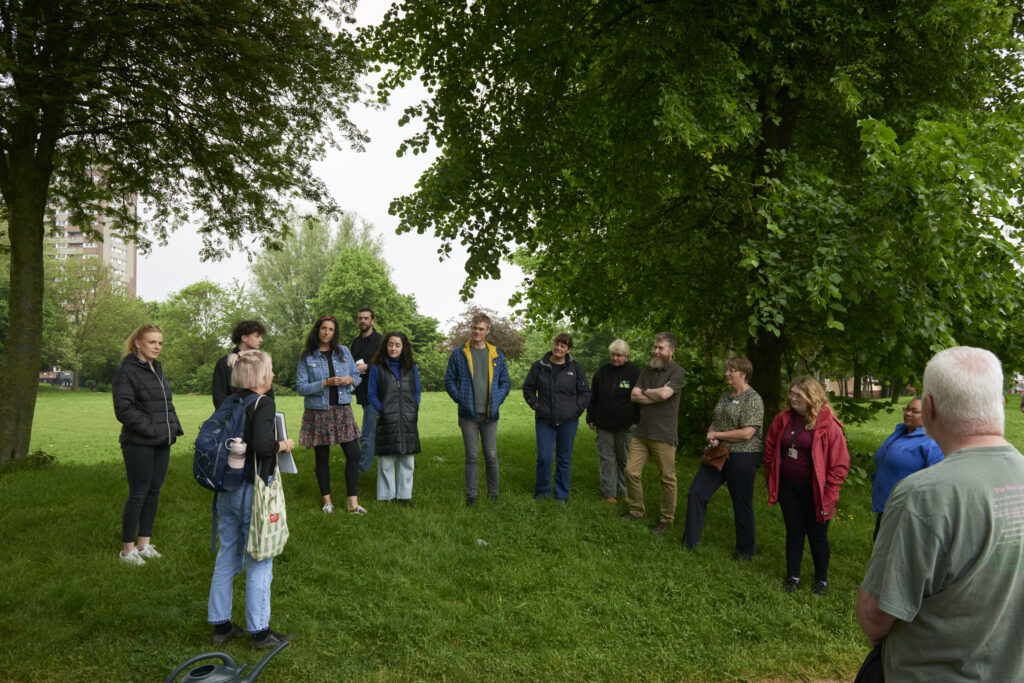
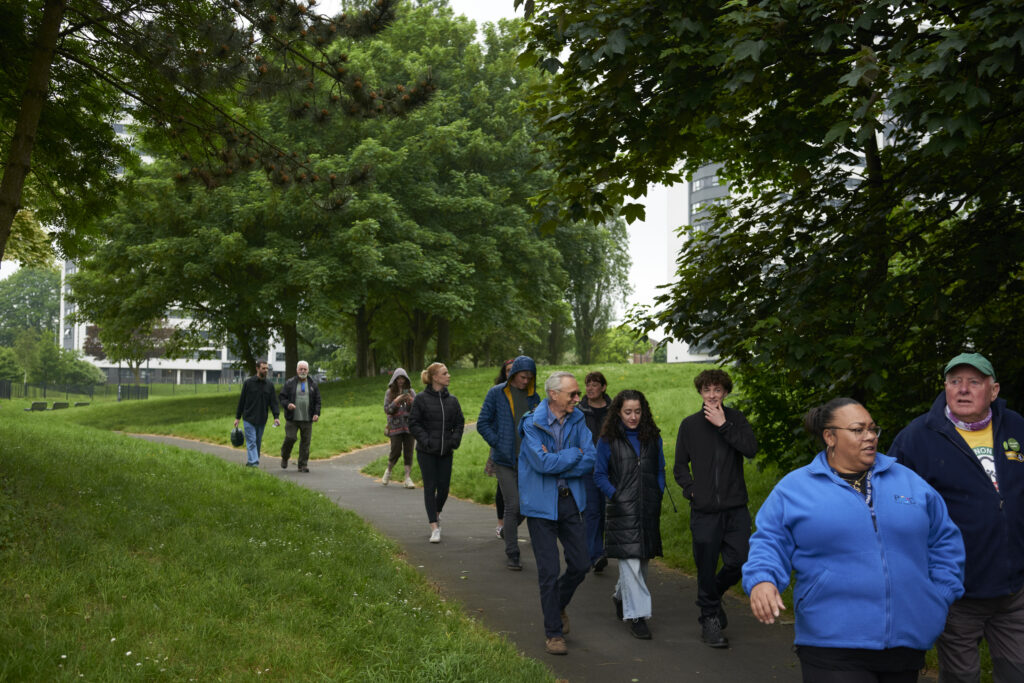

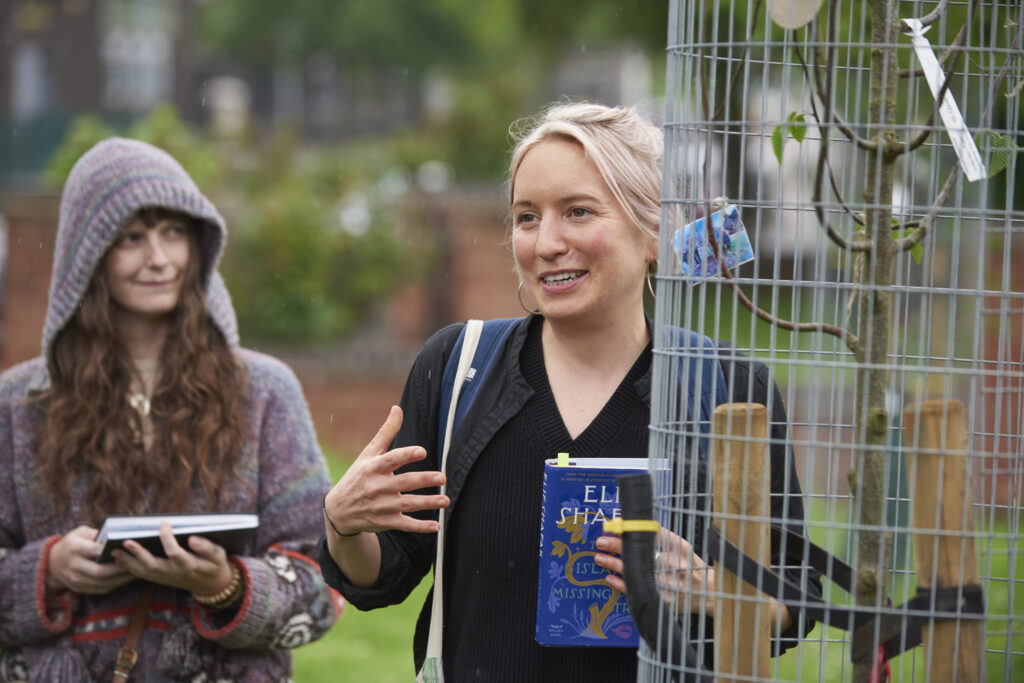
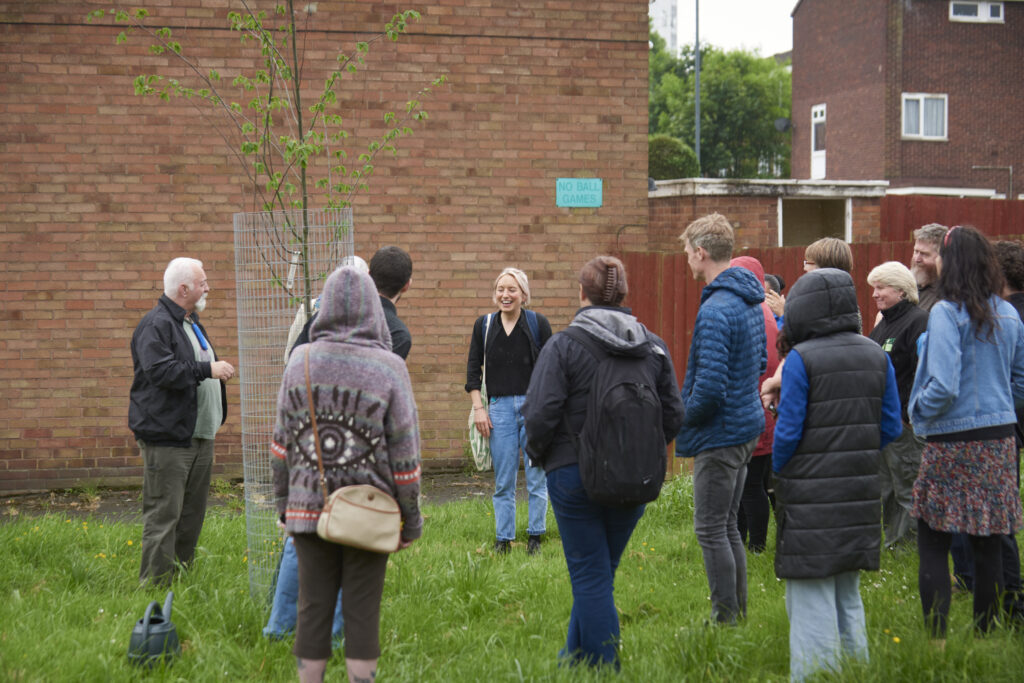
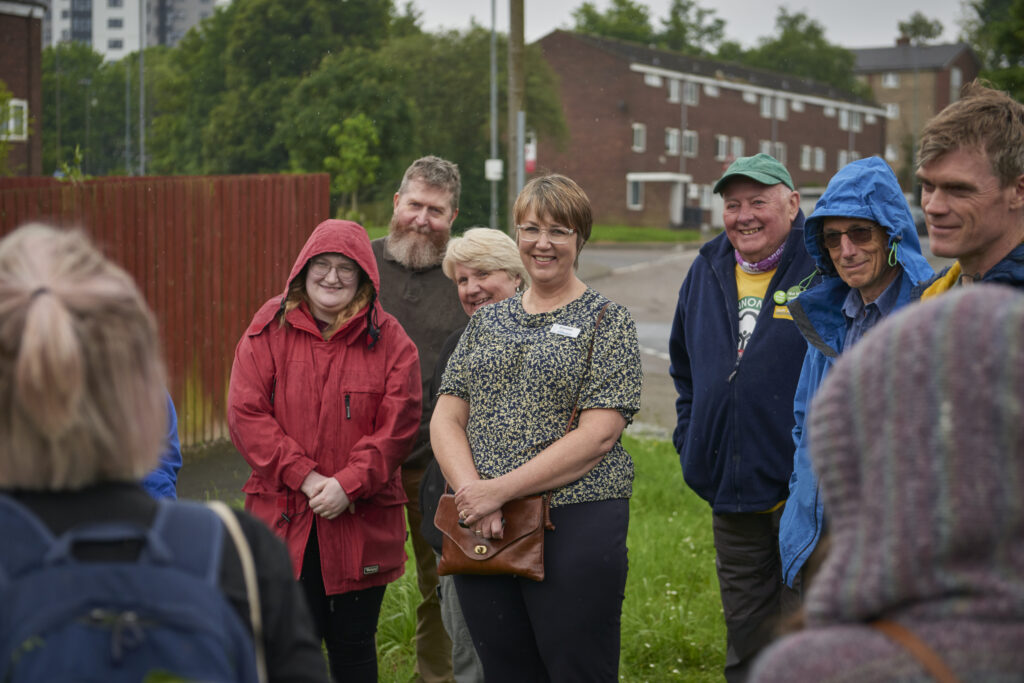
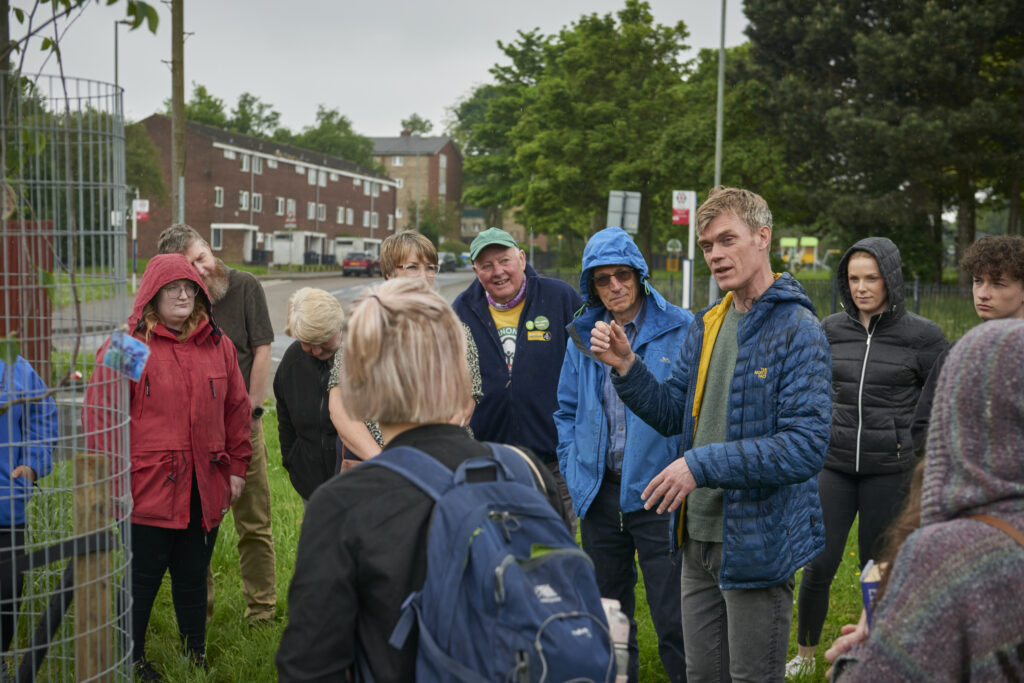

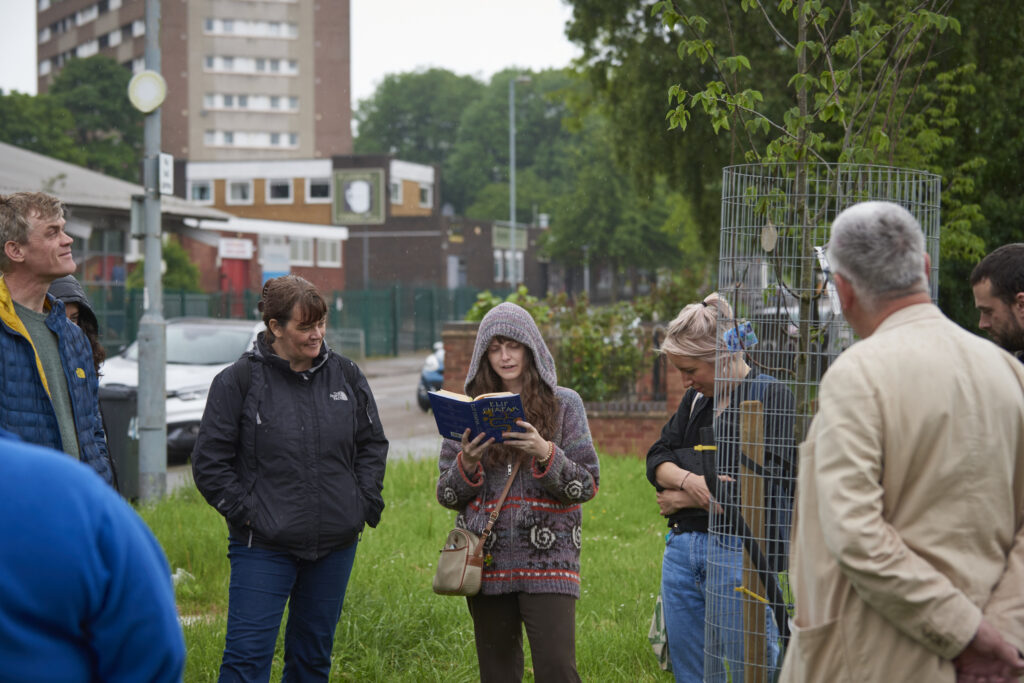





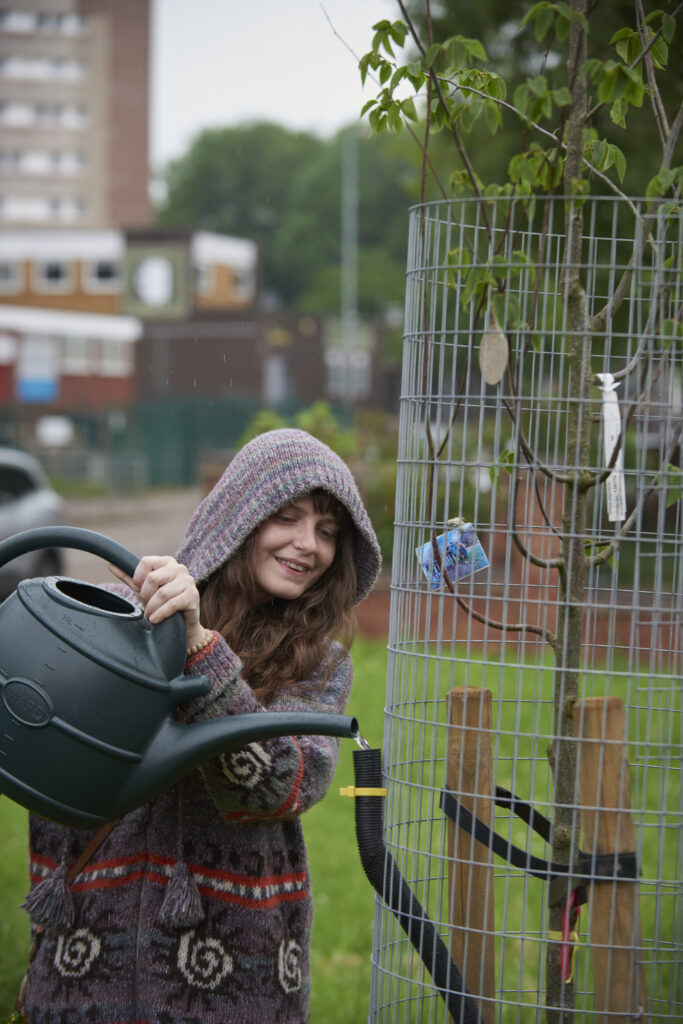
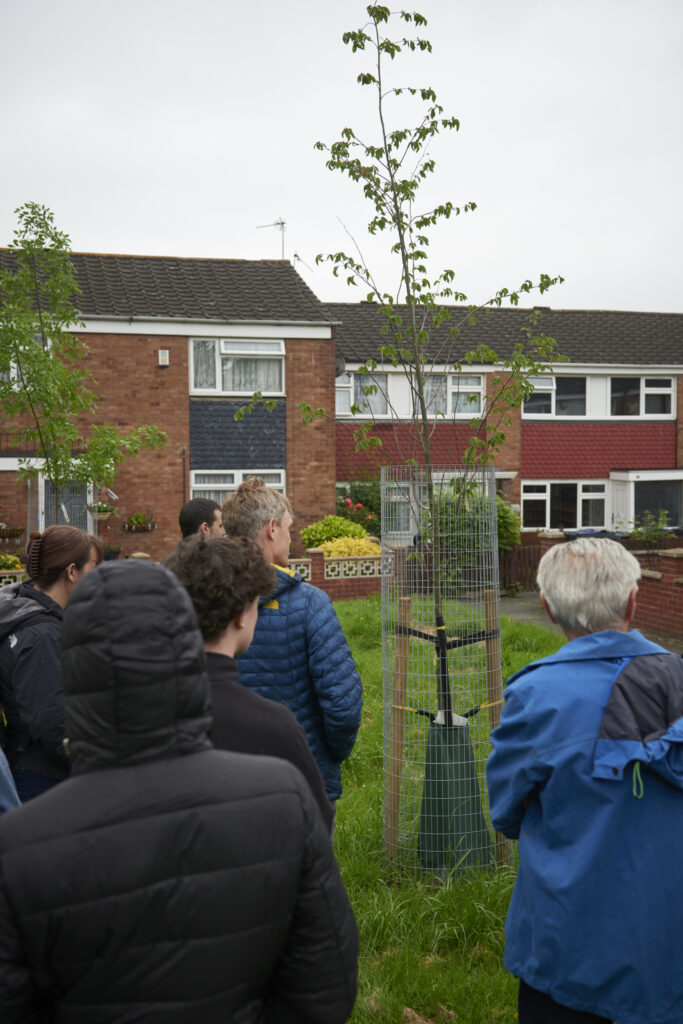
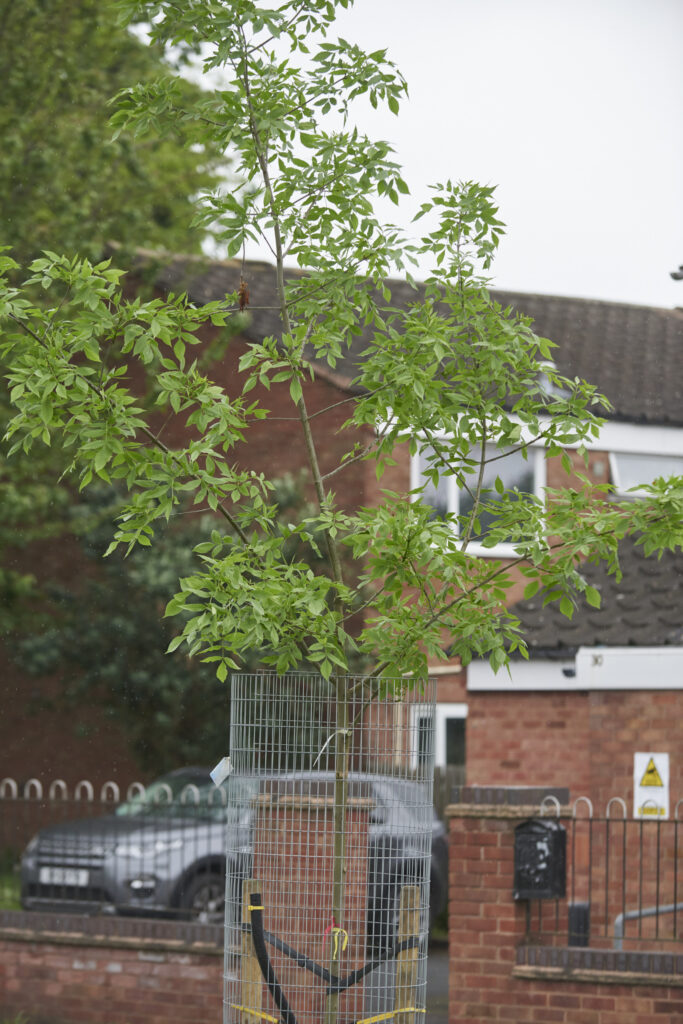
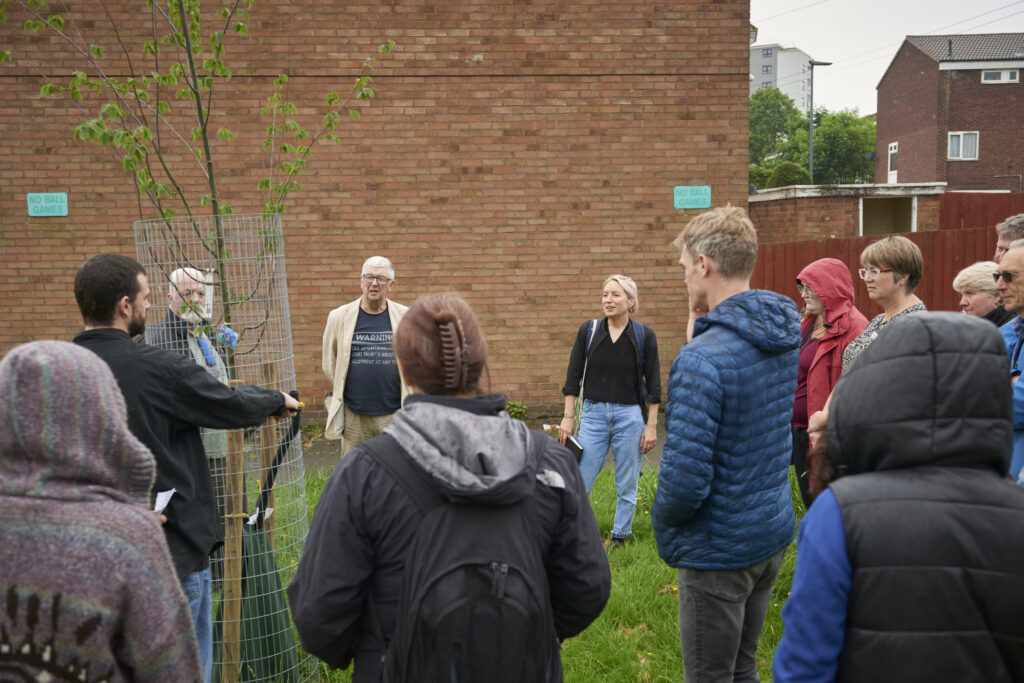
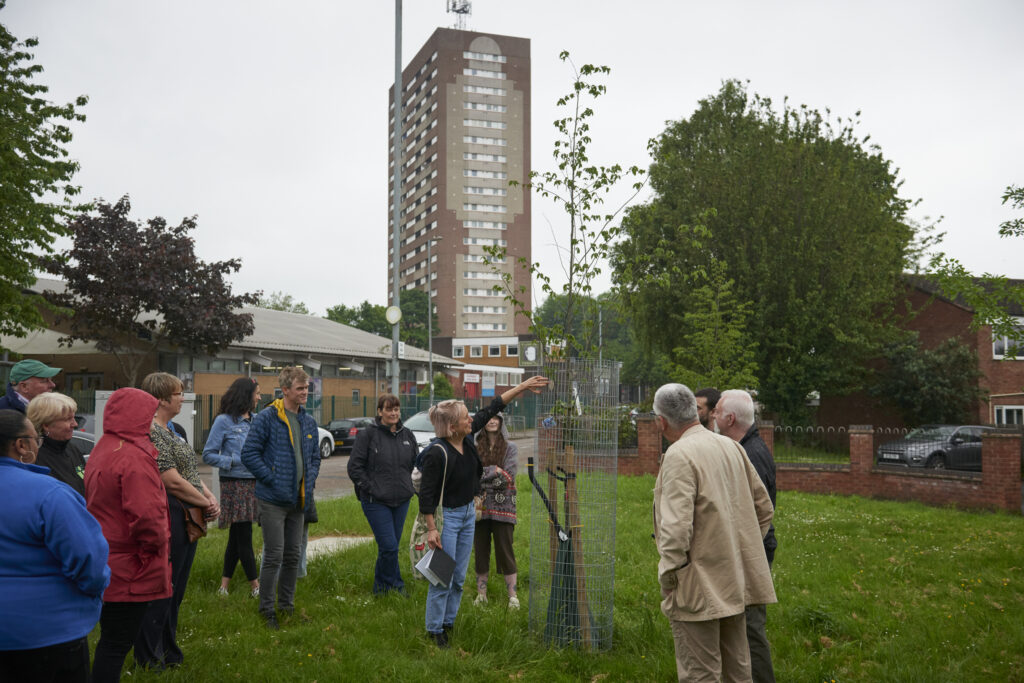

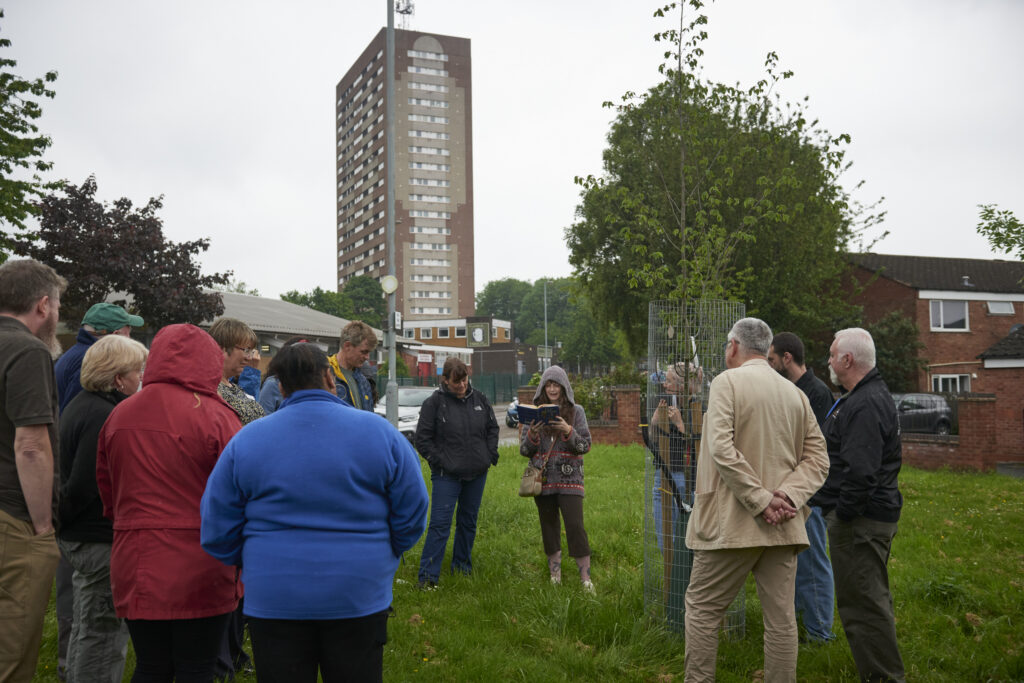
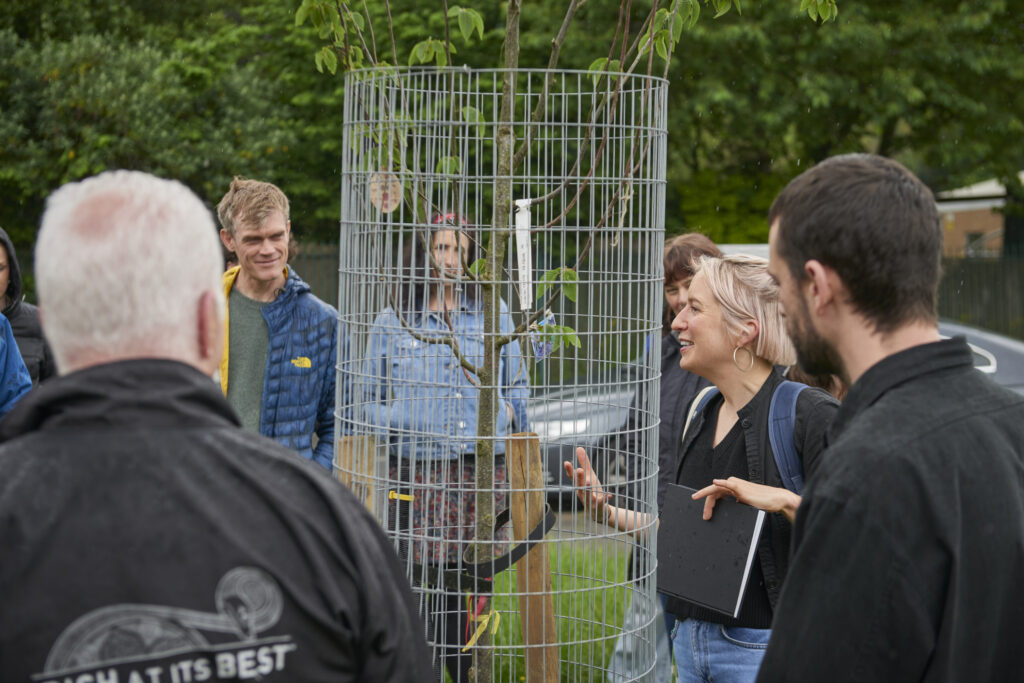
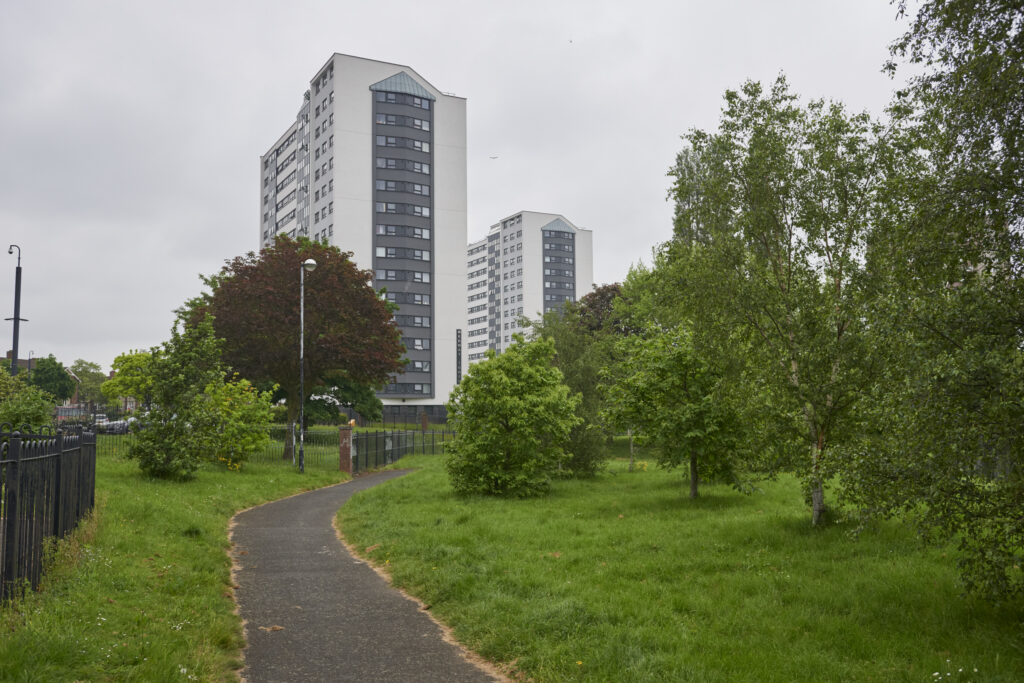
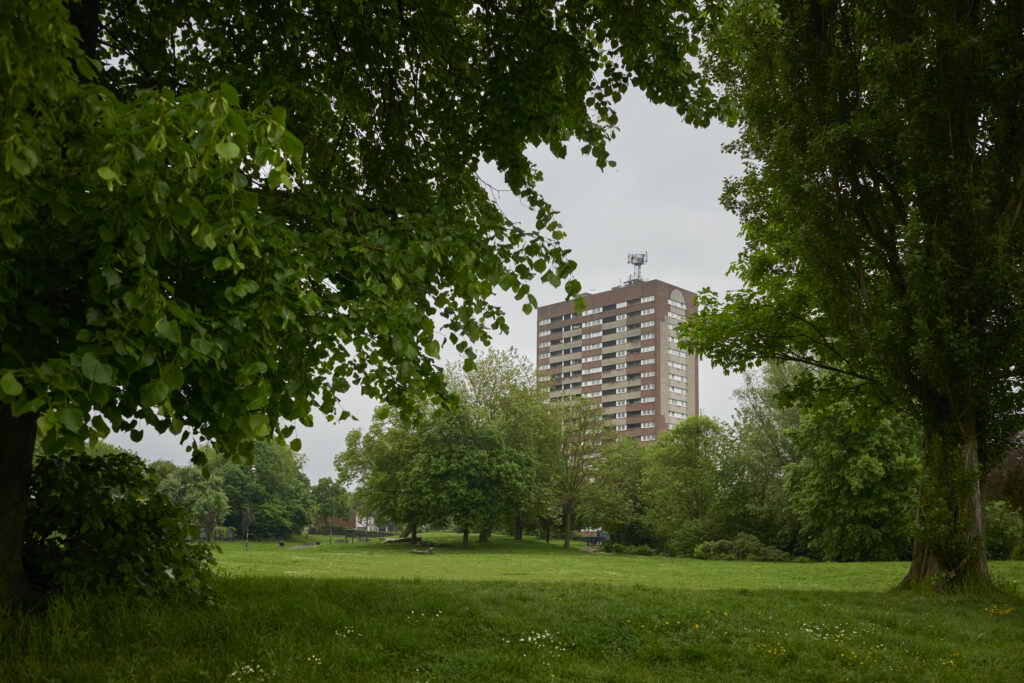
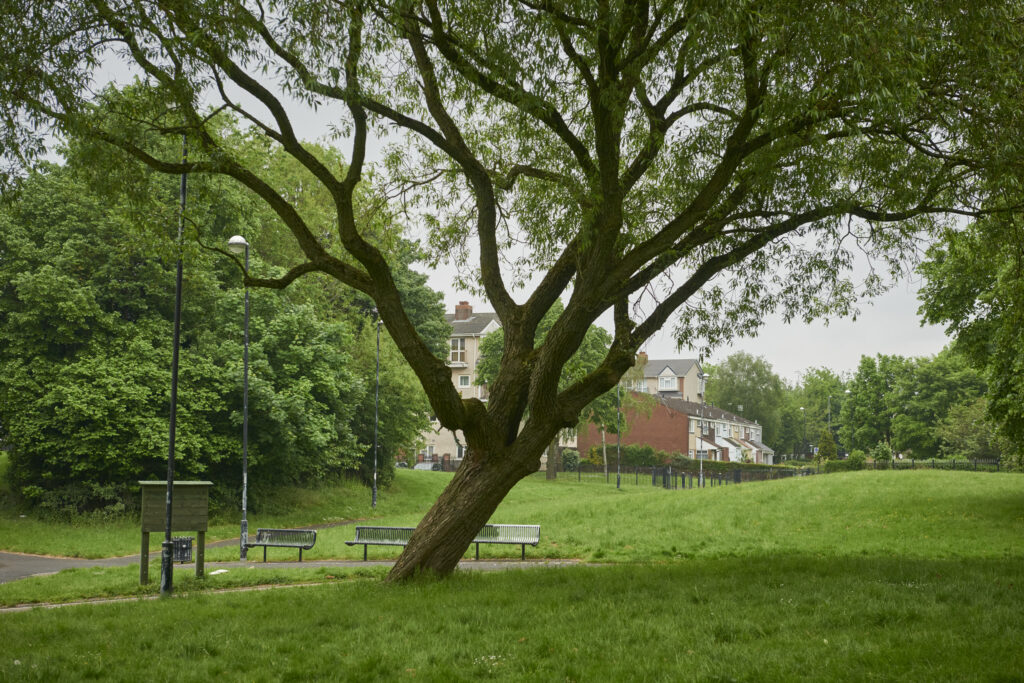
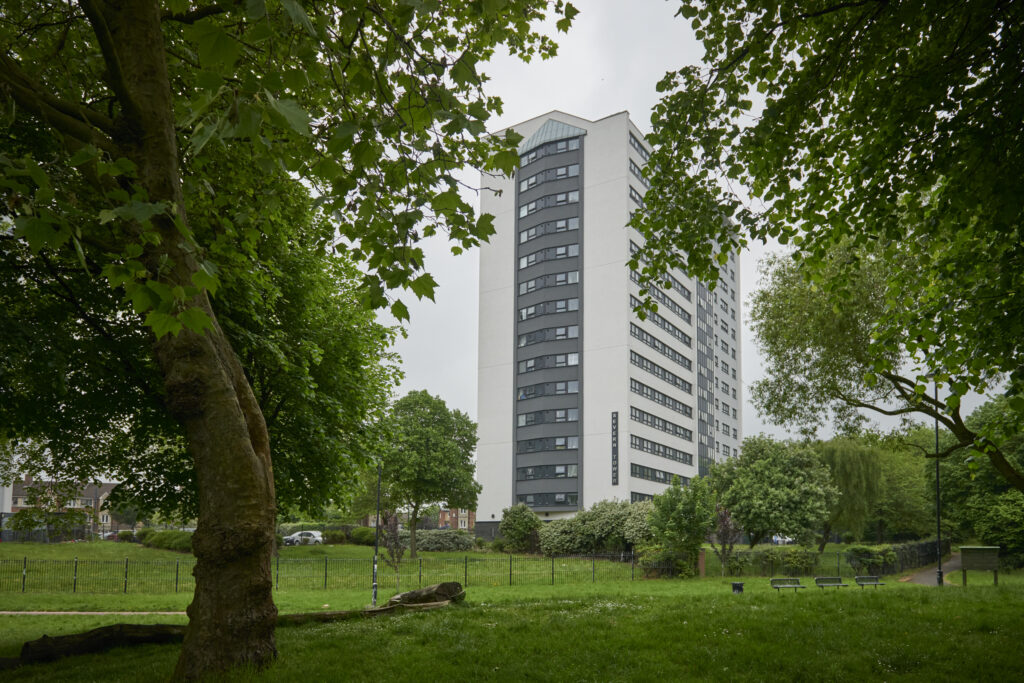




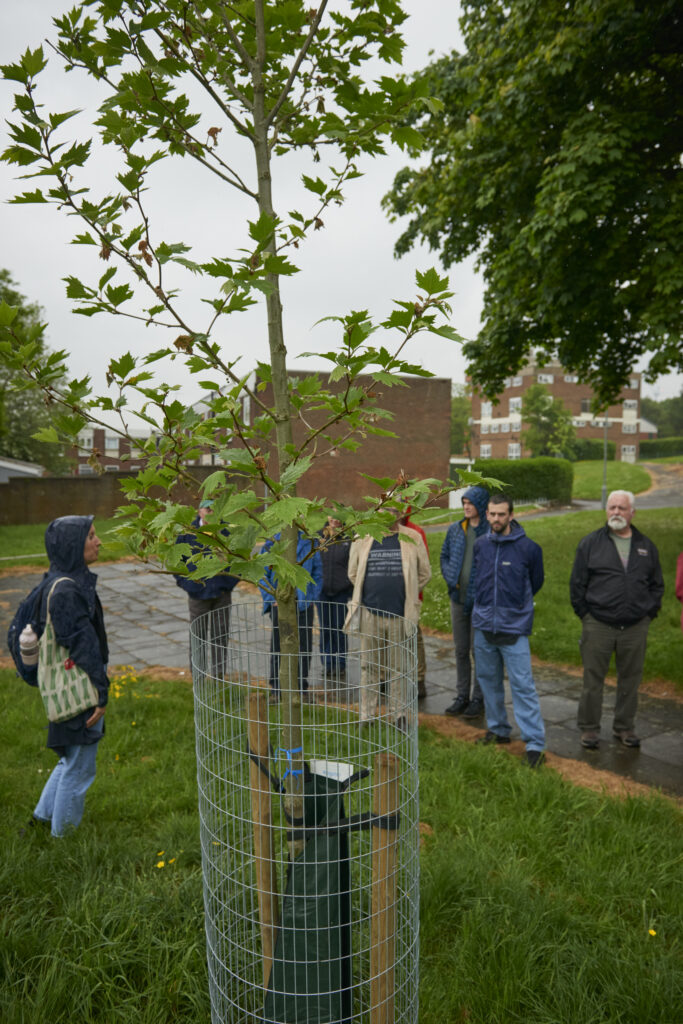
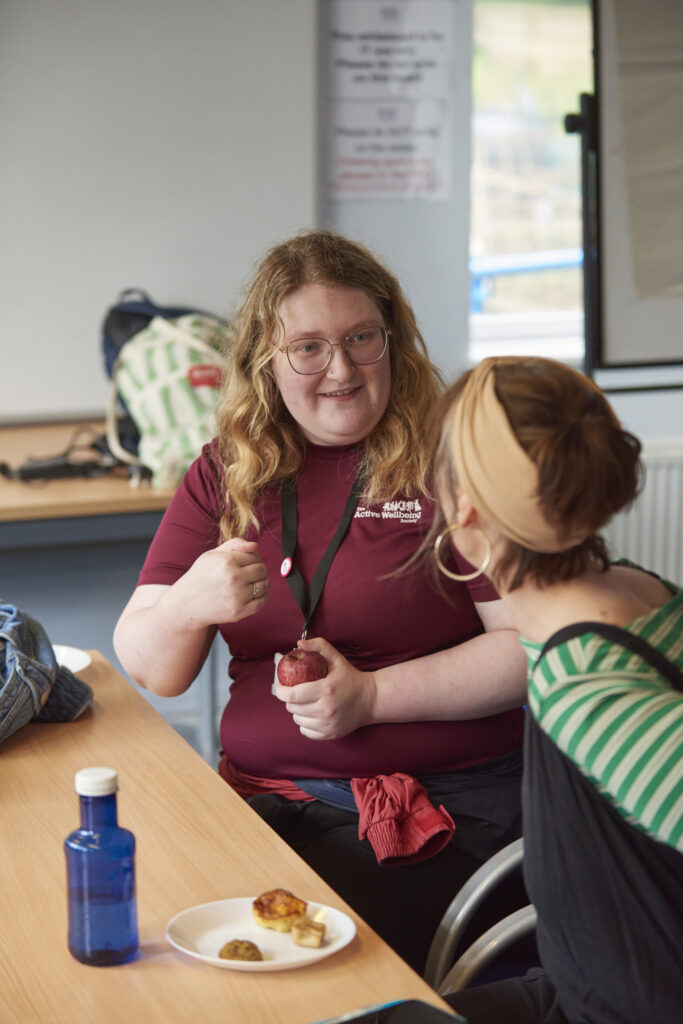

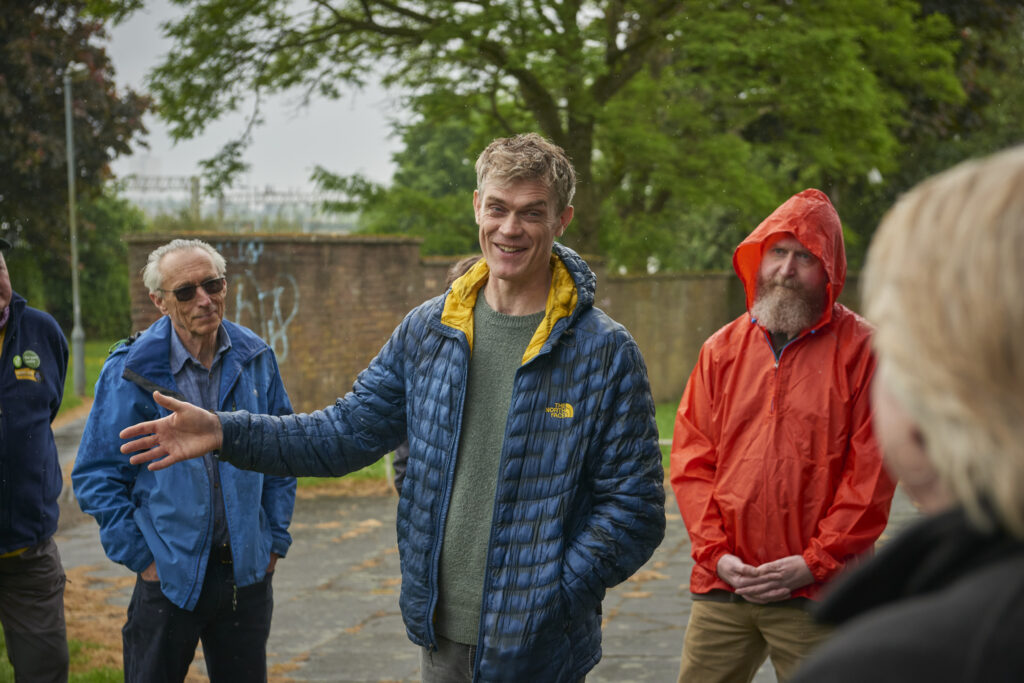

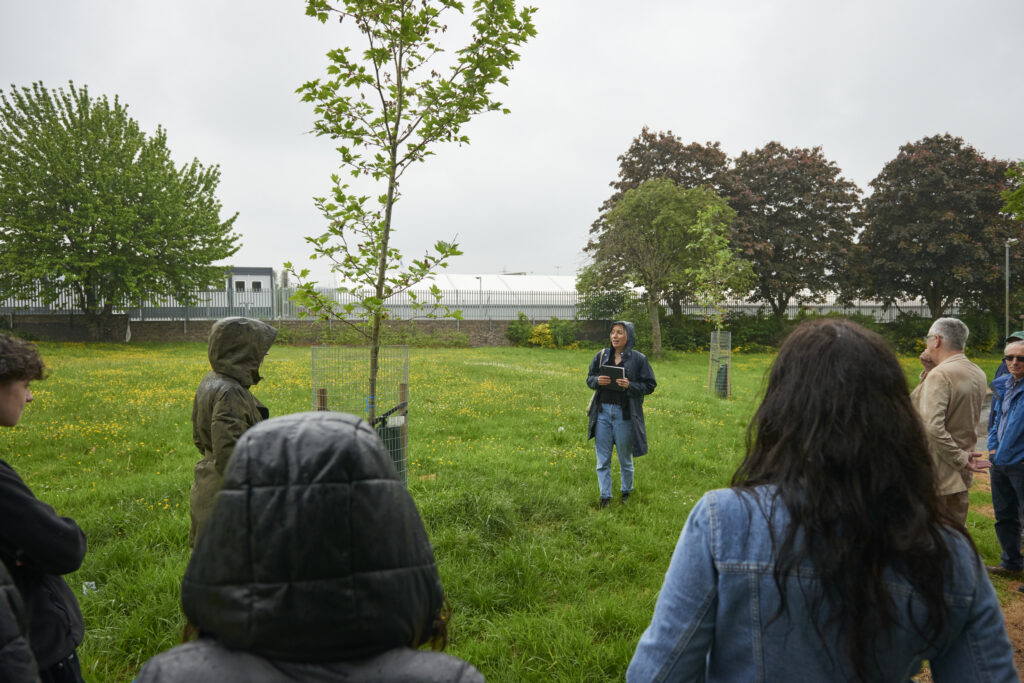
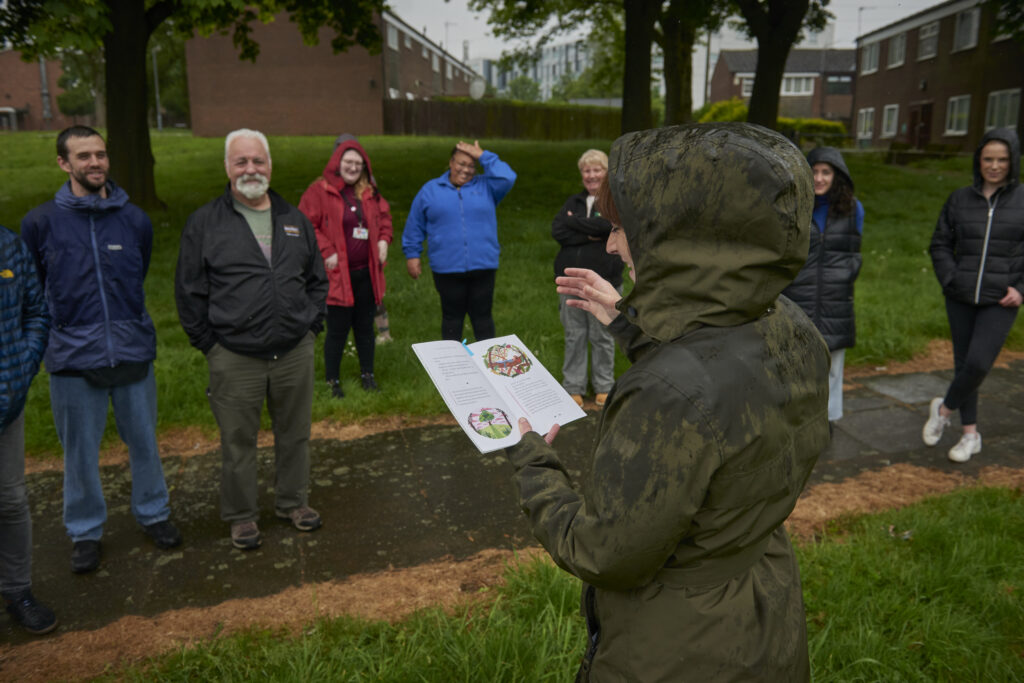
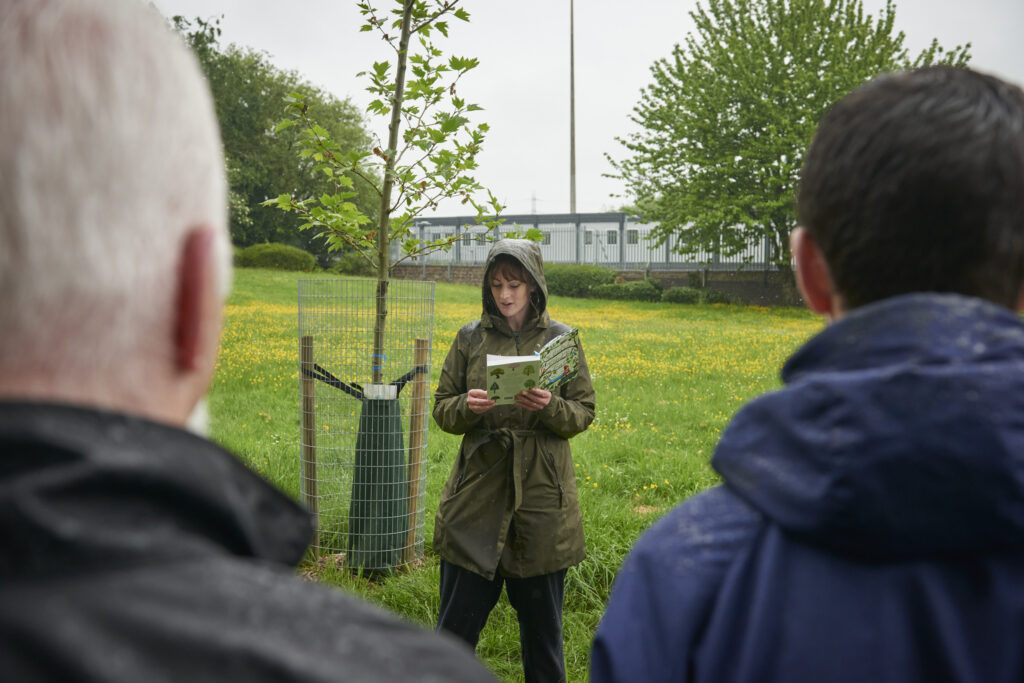
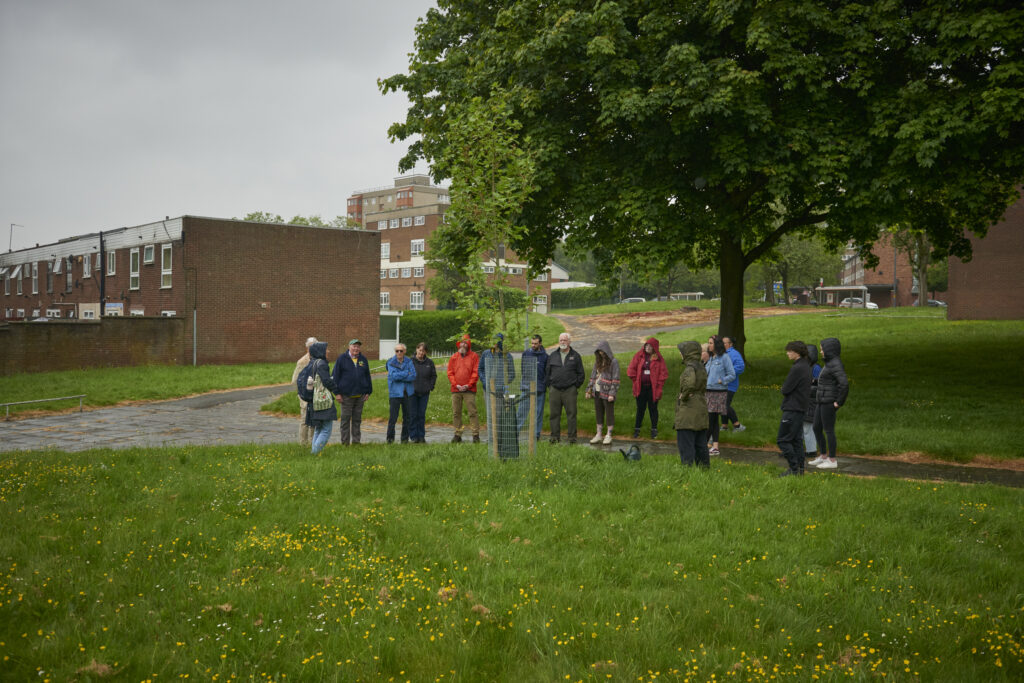
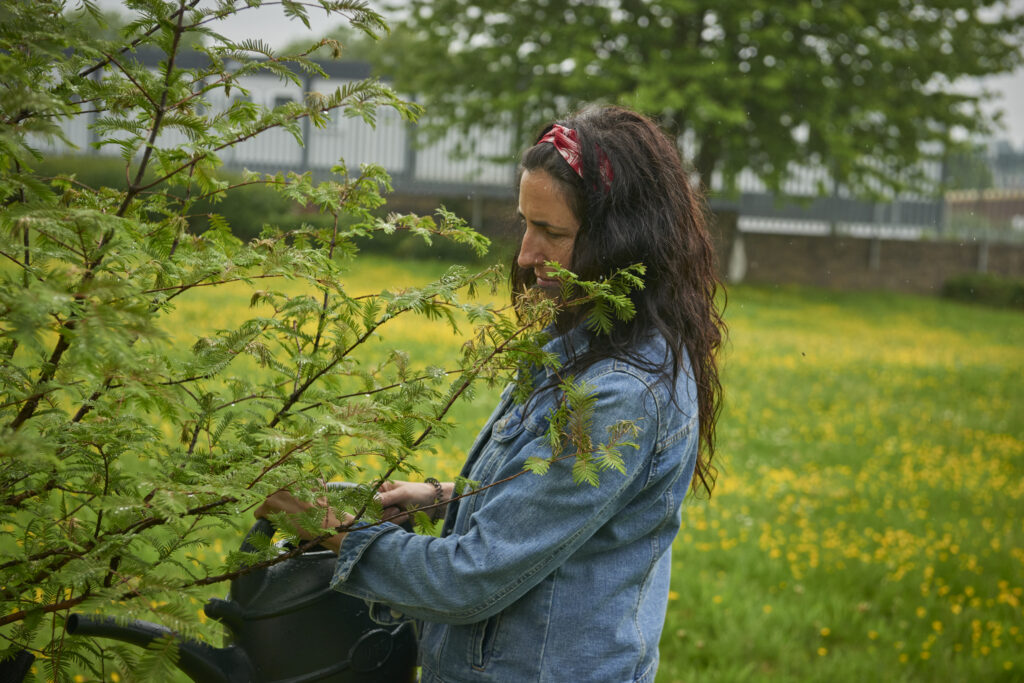
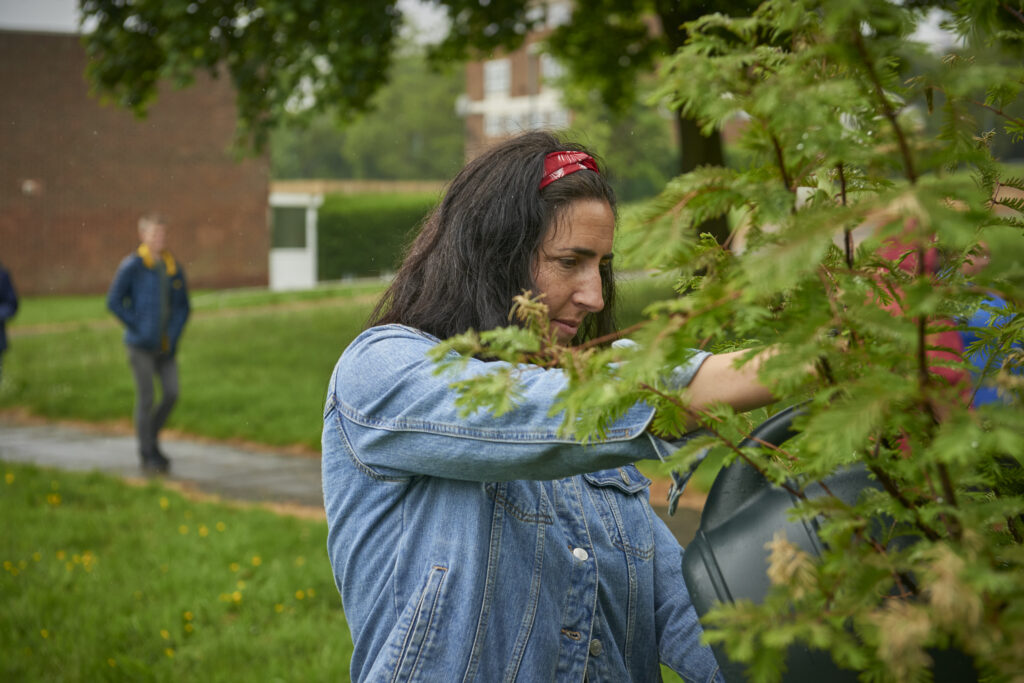


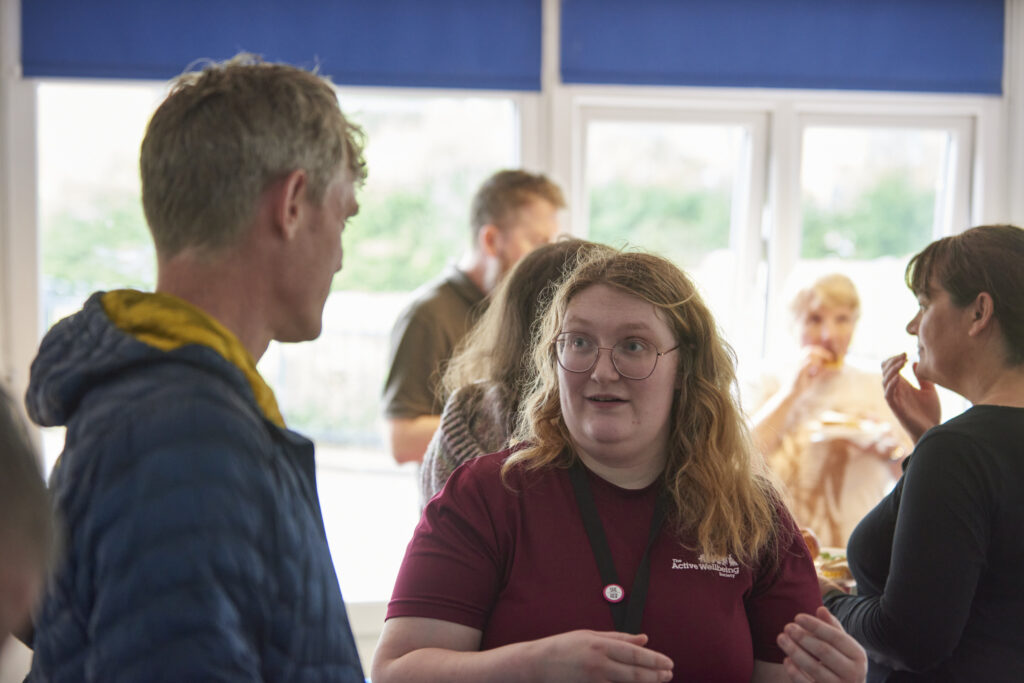
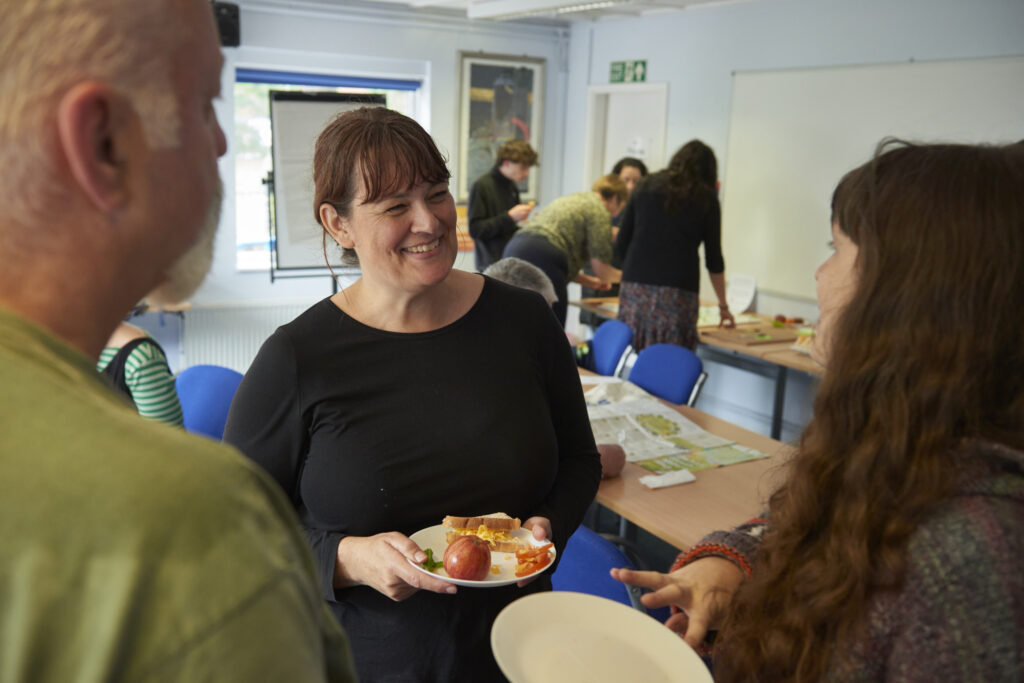
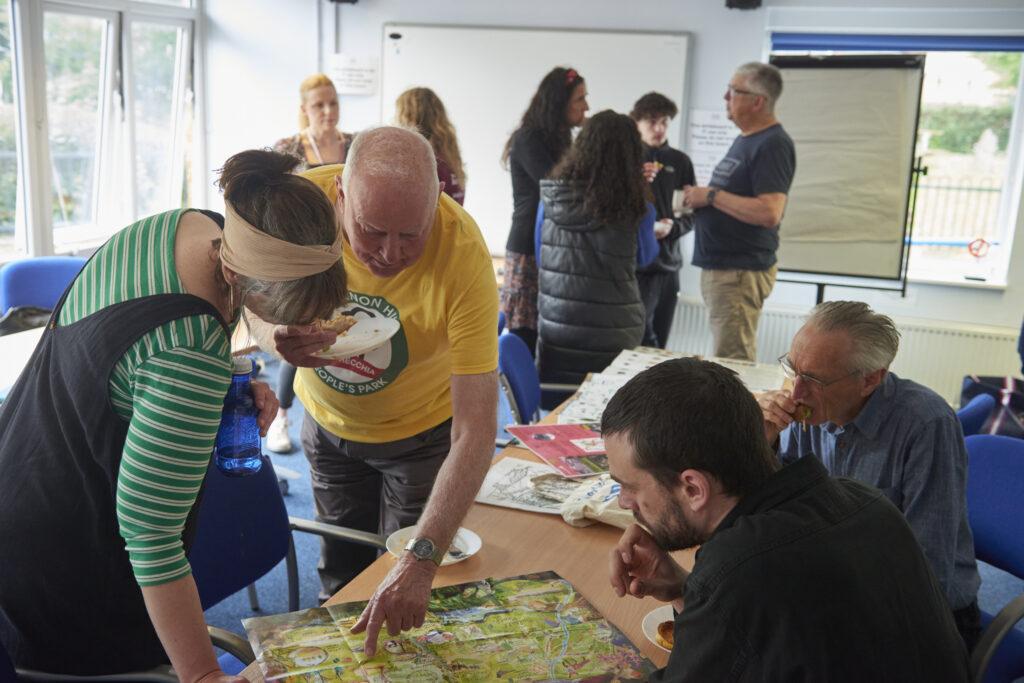




















































The Woodland Trust kindly invited us to speak at their Tree Equity seminar, as part of the Urban Tree Festival 2024. After Paul Wood from Urban Tree Festival introduced the Tree Equity seminar as part of the wider festivities, Adam Cormack from The Woodland Trust introduced Tree Equity on the whole, and their Tree Equity Score tool developed with American Forests.

Mark Johnston was the first speaker, with a wealth of knowledge and extensive background in arboriculture and a focus on the urban environment. Relaying a personal and historical view of tree equity through his experiences, he informed us the concept of urban forestry coupled with equity is something that has long since existed, yet never quite realised in poorer areas of cities – a problem we still have.


We were blessed to hear once again Beth Collier, Founder of Wild in the City, who helped The Woodland Trust as a consultant through phases of creating the scoring tool. Her non-profit organisation focuses on the relationship between people of colour/ethnic minorities and nature, bringing people together through her qualified workshops on ecotherapy. From an environmental justice angle, Beth wants to use tree equity to highlight further the unequal access to green space for ethnic minorities, and use it to plan a better urban forest to close the gap – something we’ve already started.
Our Engagement Officer, Katy Hawkins, was the last to speak about our tree planting initiative last year for Tree Week 2023. She explained her process of engaging groups and communities – something echoed from Mark – being an important process, and how this lays the foundations for further partnerships and endeavors. We work with local community groups to empower them and to take ownership of their trees, by watering them, pruning them, as well as general love and care.
We want to thank Adam at The Woodland Trust for inviting us onto this fantastic seminar, and we look forward to the next Urban Tree Festival event: tomorrow Katy will be running a Tree Equity walk and talk around Nechells, starting at Nechells POD at 10:30-1, a great follow-up to this online seminar. Follow this link if you’d like to join us: https://urbantreefestival.org/birmingham-tree-equity
13/05/24
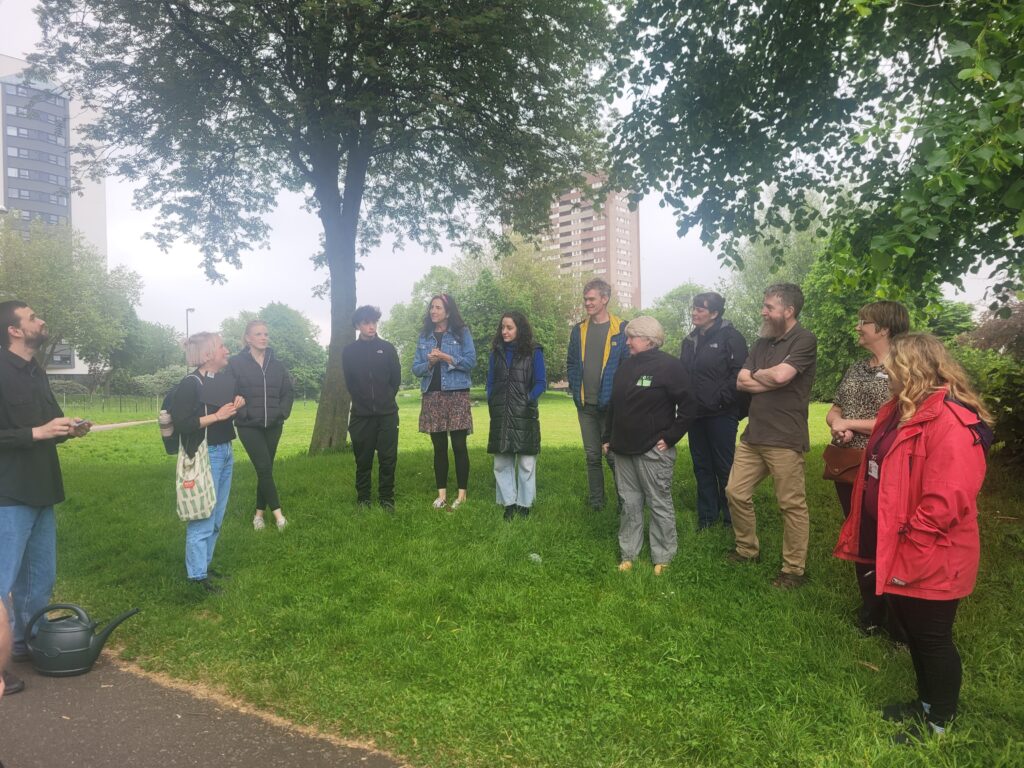
A fantastic turnout today for the Urban Tree Festival Tree Equity Walk & Talk by Katy Hawkins, our Engagement Officer, detailing our equitable planting approach for Birmingham.
With representatives from groups and organisations all over Birmingham and beyond, people gathered to hear the small talk on the ethos of Birmingham TreePeople, and how the Urban Forest Accelerator team also from National Trust and The Woodland Trust, have helped propel last year’s planting programme using community engagement and tree equity.
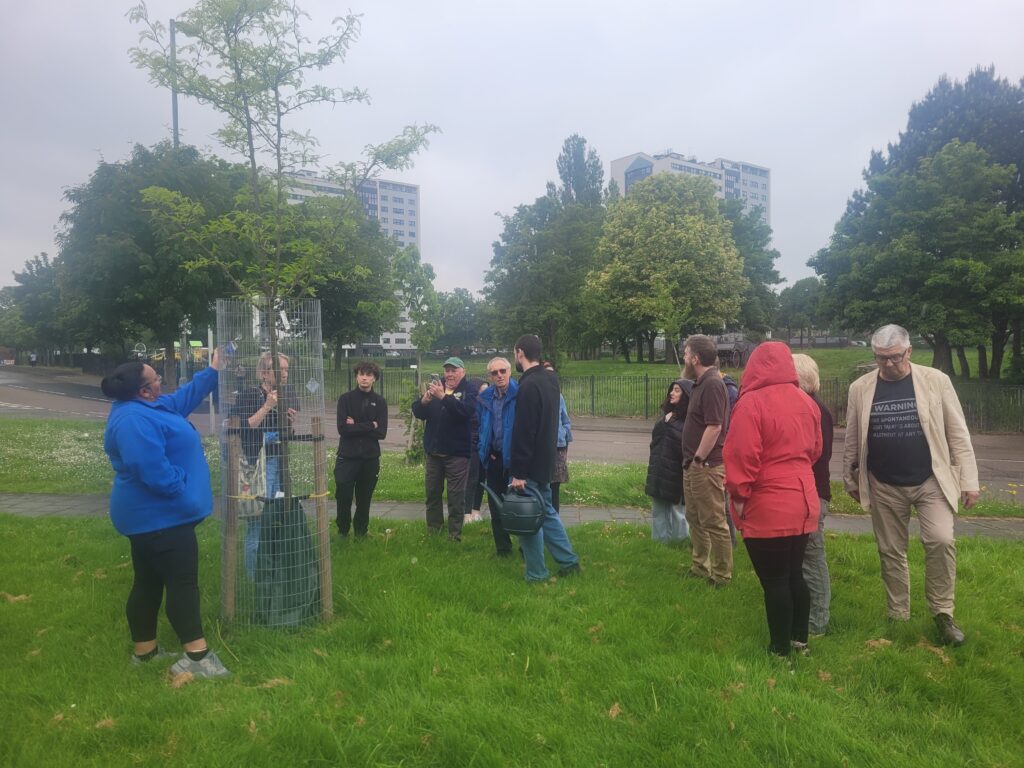
After a round of introductions, David Coughlin (NT Project Manager for UFA) explained the premise of the UFA wanting to use the TreePeople as best practice example. Katy explained her community-led approach to her role in engagement, drawing attention to existing trees before continuing engagement for planting new trees: “unearthing how local people connect to trees.”
She gave us a tour of some of the equitable planting sites from last year’s programme (Bloomsbury Street, Home/Queens Towers, Vauxhall Road), particularly the ones we planted alongside Nechells POD around their local area, and how the trees are being looked after moving forwards. We even took one of the watering cans from a previous tree care event to water the trees (even though it was raining).

Beautiful poetry and prose extracts were read next to the new trees, to remind us of that beauty, and to continue to notice it around us.
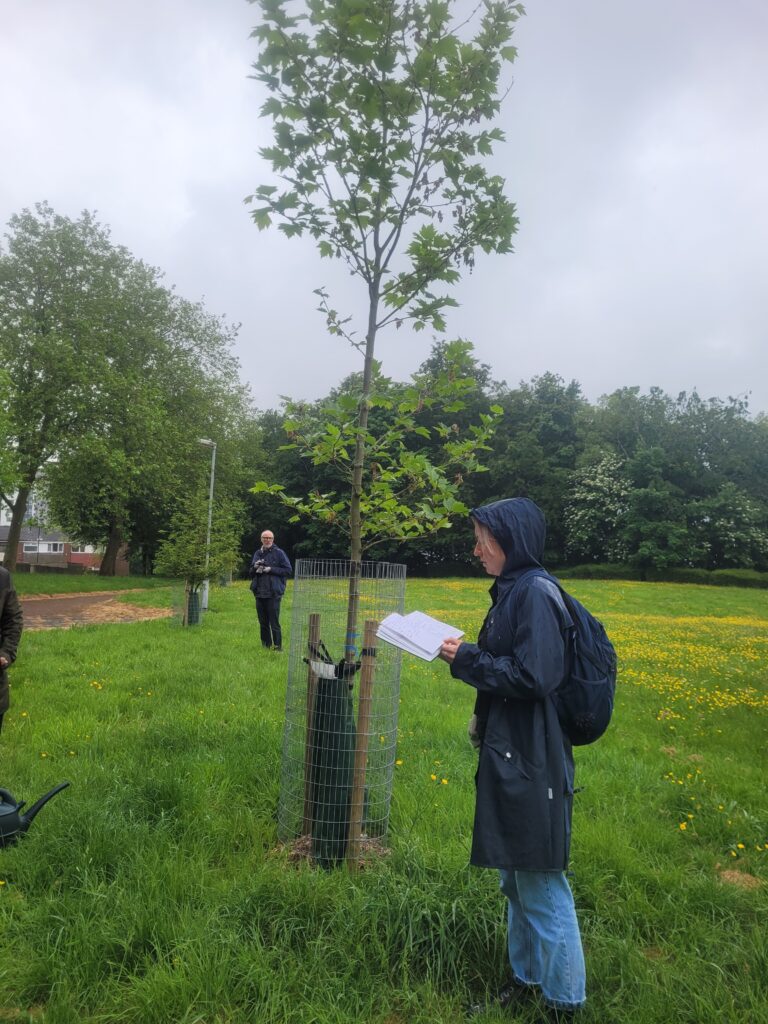
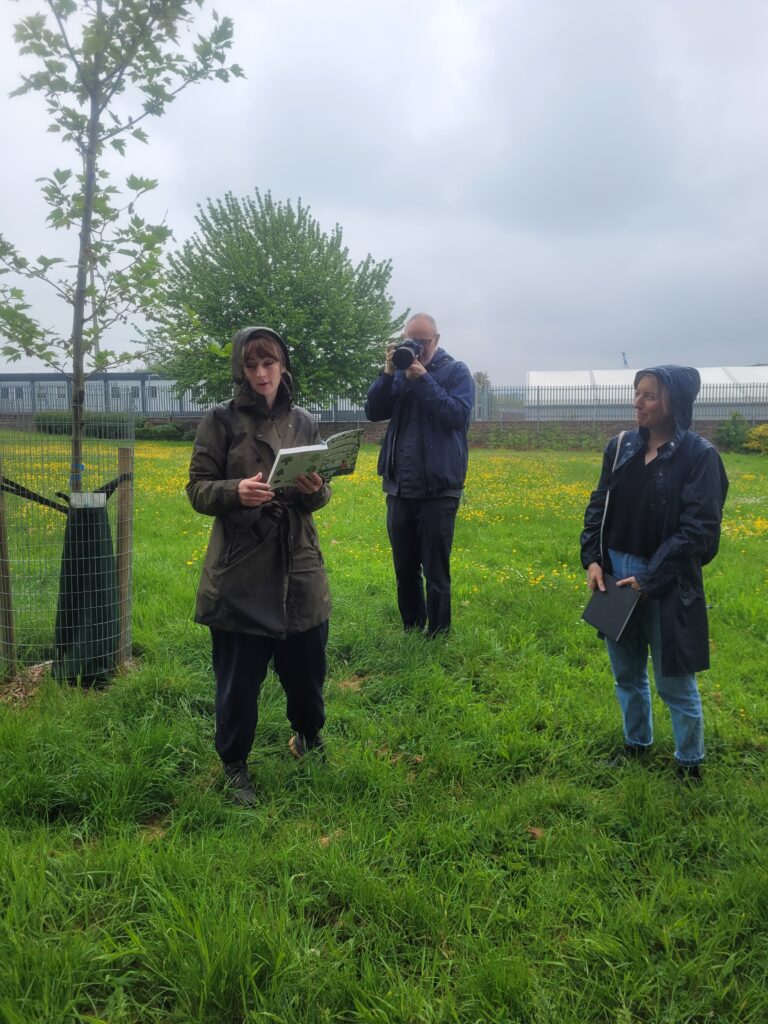
We want to thank every single person for attending this seminar today; seeing members of local groups joining us is why we are doing what we are doing, and it’s all about empowering residents in their local areas to take ownership of their new trees. Thank you to Emily Cooke (NT Senior Project Coordinator for UFA) for arranging the event, and to the Urban Tree Festival. We will have some professional photos coming soon!
16/05/24
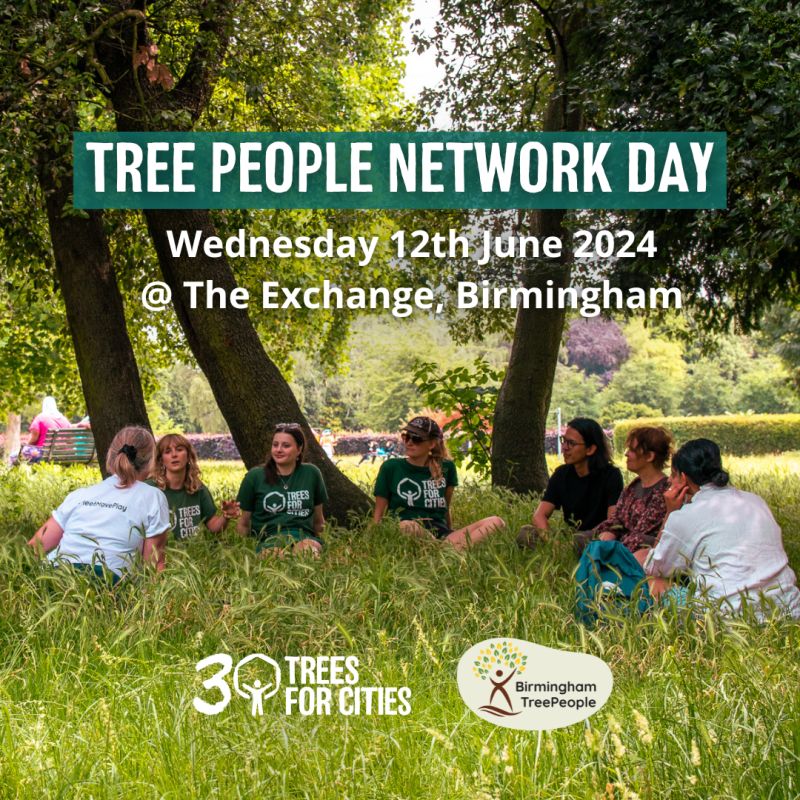
Urban trees are now widely recognised for the array of ecosystem services and benefits that they provide. Politically, trees have risen a long way up the agenda. They are now at the forefront of tools in the fight against climate change, loss of biodiversity, air quality, the Urban Heat Island effect, flooding etc. There is also wide recognition for tree planting, establishment, and tree care across political parties.
Urban Forestry and community groups are key players in the collective effort to protect, promote and plant trees across the UK. A dearth of coordinated, tailored support for these groups means that their potential for positive, widespread action and impact has not been realised. If that potential could be unlocked and coordinated, the protection, planting of and promotion of urban trees and green spaces could be scaled up – with local people at its heart.
Trees for Cities and Birmingham TreePeople have joined forces, to scope the idea of a new national network of Urban Forestry community groups in the UK. The purpose of the “Tree People Network” (working title) is to build community capacity, knowledge and skills to plant, protect and promote urban trees and woods.
As part of the scoping phase for this project, Birmingham Tree People and Trees for Cities have planned an initial in-person, one day consultation event in June 2024, with a selection of existing Urban Forestry community groups. The feedback and findings from this event would lay the ground for developing a national network.
If you’re a member of a community group involved in urban trees and engagement, you won’t want to miss this – the first of its kind, as UK Tree Cities meet to learn, share, and connect. Tree People Network Day is taking place at The Exchange in Birmingham on Wednesday 12th June 2024. This gives attendees a chance to connect with other urban forestry and community groups from across the country in a unique event. We have a range of panelists and speakers from various parts of the industry sharing their knowledge:


Keynote Speaker: Mark Johnston
Panelists:
Maria Adebowale-Schwarte - CEO, Foundation for Future London, and Founder, Living Space Project
Georgie Logan-Thorpe - Senior Urban Forests Manager, T4C
Tonia Clark - Principal Finance and Bids Officer, BCC, BTP
Russell Horsey MICFor, Urban Forester
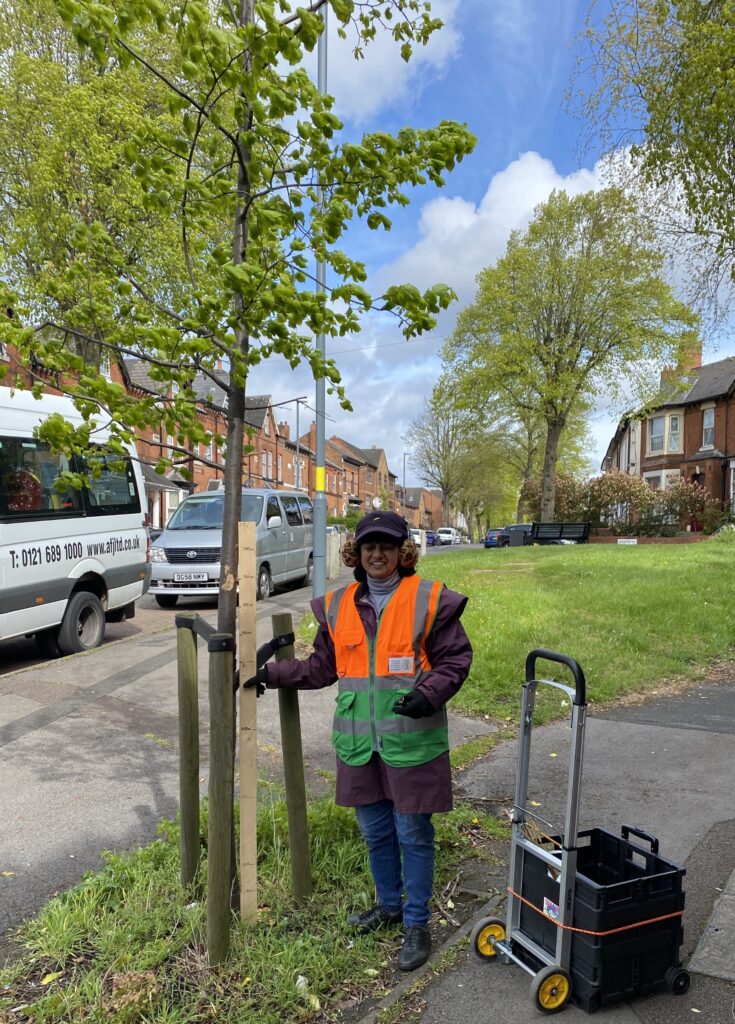


Our urban forest volunteers have been working diligently to survey the 3,000 street trees during the funded project this year, so Meena Haynes (one of our innovative volunteers) has devised her own tool to help her in her local area: an incredibly useful 1.5m plywood measuring stick, like a giant ruler. It speeds up surveying because less time is spent figuring out length and width, for those who are not great at estimating and guessing using the regular surveying methods. This stick gives Meena a big advantage for the street tree survey!
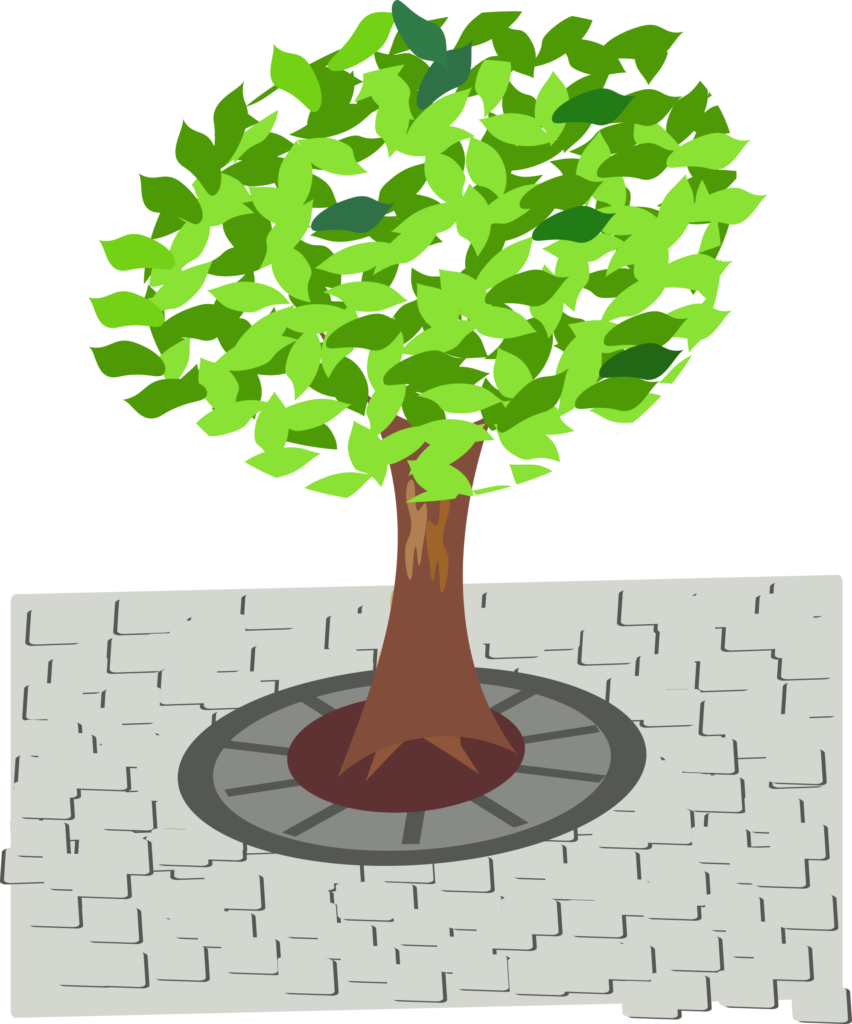

7th May afternoon’s surveyors in Hodge Hill consisted of Rachel, Jeremy, Genny, Ahmed and Sofia. A new surveyor was trained, and some refresher training for others. We surveyed 12 trees, a bit of TLC given to some, and rescued a few more not on the list. Several trees need reporting to Kier, meaning we still have work to do to encourage public ownership of street trees! Well done to everyone for their hard work during this incredibly important project.
Not only this, but Deanne Brettle, Trustee for Tree Trails, has just begun her PhD! Dee’s first day as a PhD student was straight on the job, with the Bloomington Protocol on housing trees that we planted in Tree Week 2023; a new chapter in our citizen science project! The first 7 trees we planted are still there and looking pretty good (the planes are category A!).

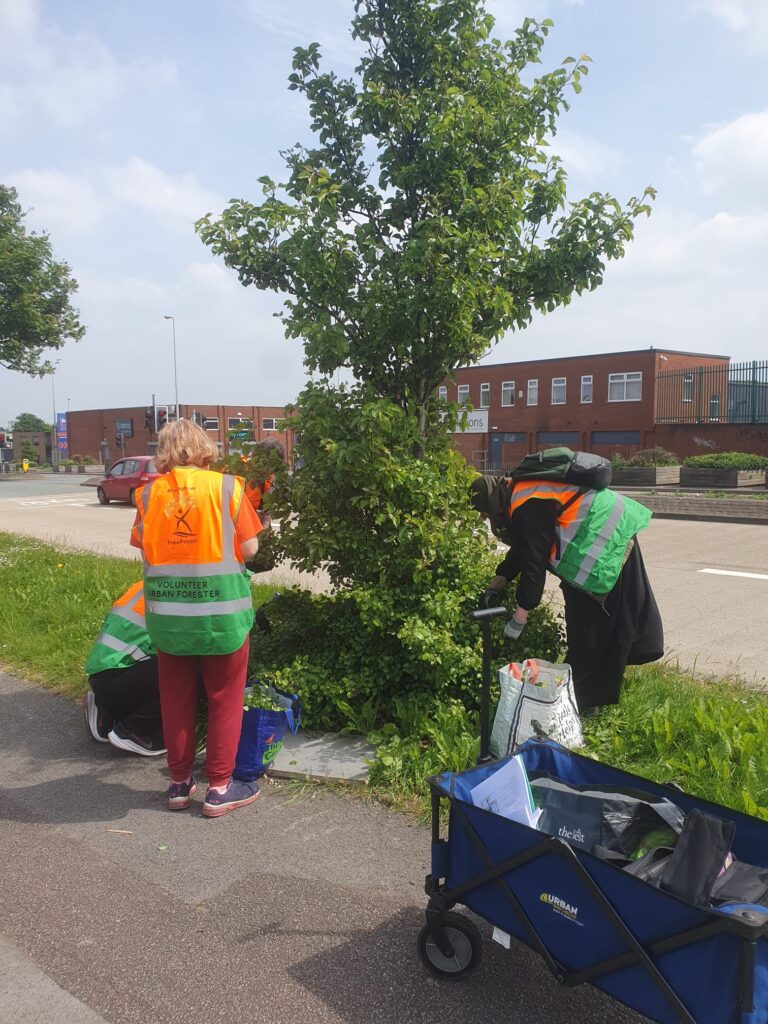

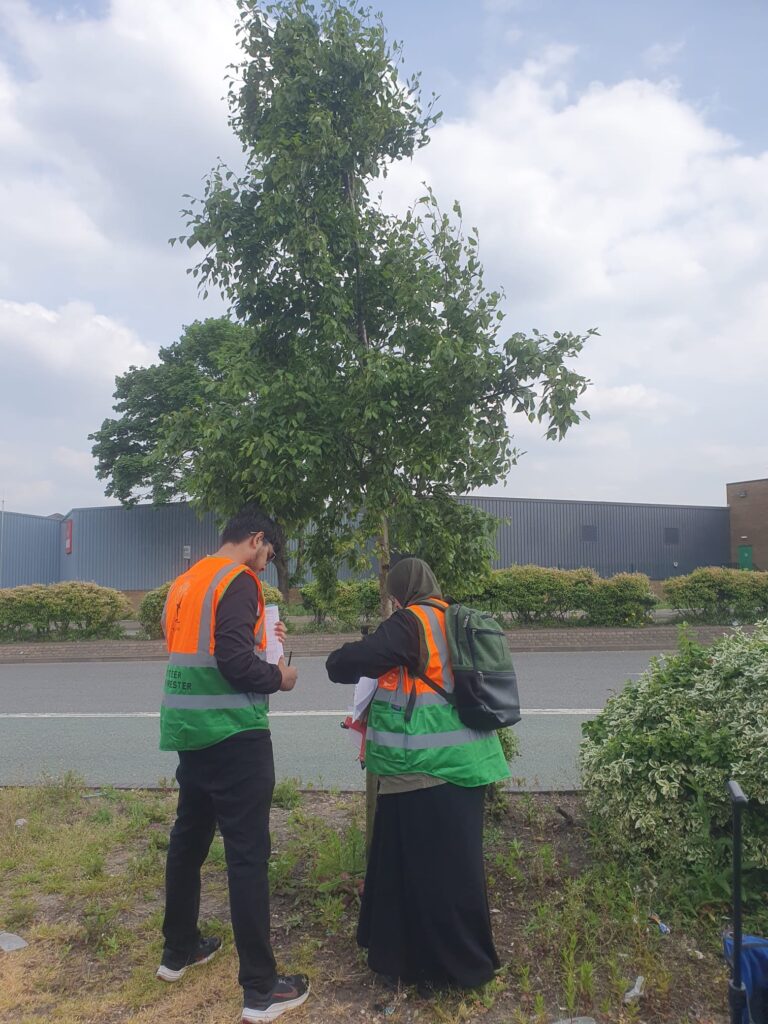
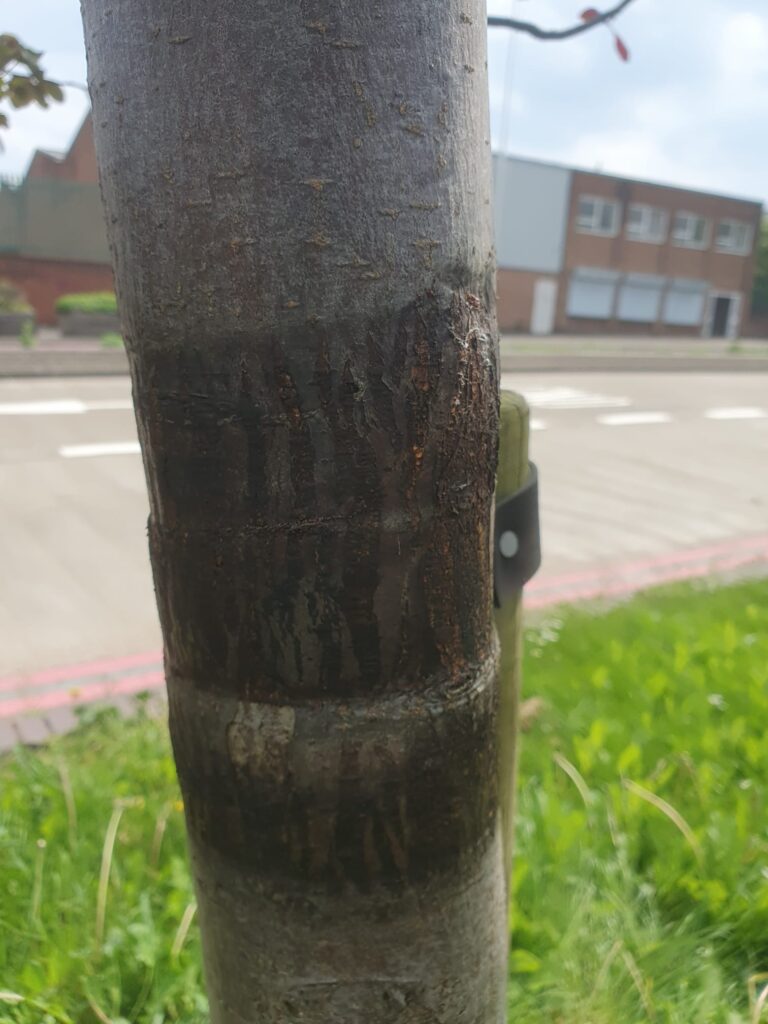






Heart of England Community Foundation, West Midlands Combined Authority.


Tonia Clark, Birmingham TreePeople’s current Chair, has been continuing her relationship with Eden Project Communities, by hosting another session with them identifying buds, at Birmingham Settlement Nature & Wellbeing Centre on 27th April, in Edgbaston.
Tonia ran this 3rd seminar on identifying the difference between tree buds and flowers, finding out which buds become flowers, and those that become leaves. The session was well-attended once again by many old and new tree-enthusiasts, and we are sure there will be another one very soon!
Thank you to Darren from EPC for maintaining our relationship, so we can educate new people on trees and nature, bringing communities together through the power of knowledge.

By addressing the skills gap in this field, we want to encourage newcomers to the trade, and starting at a simple seminar on identifying buds could be the beginning of your next, fascinating journey.
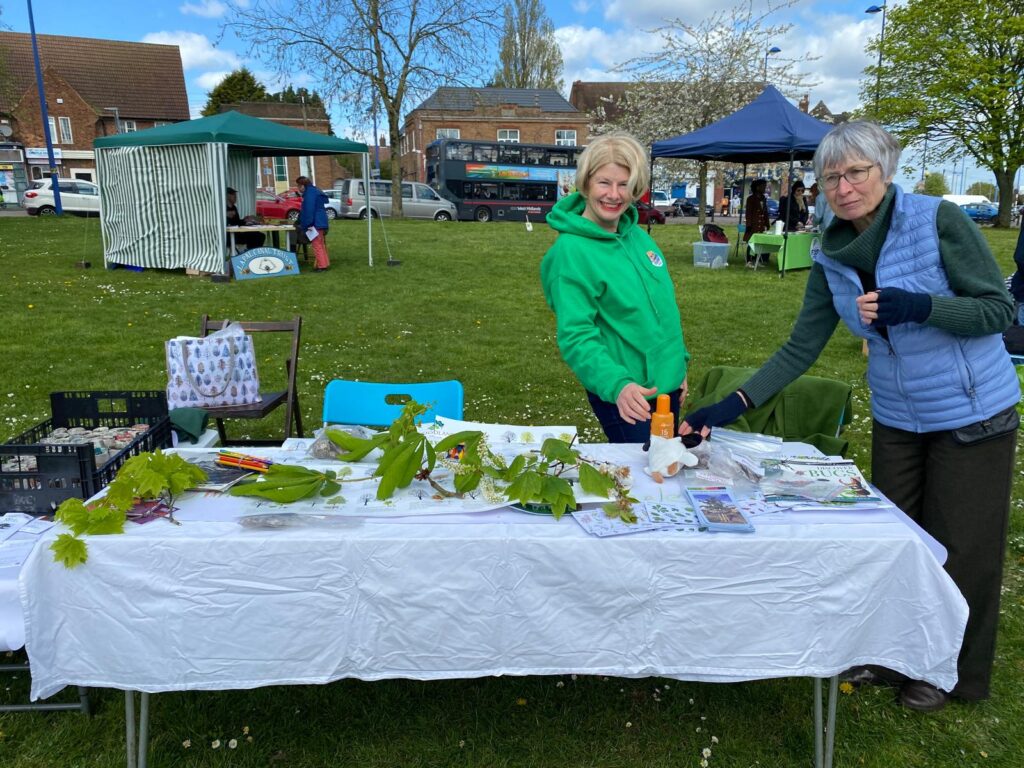
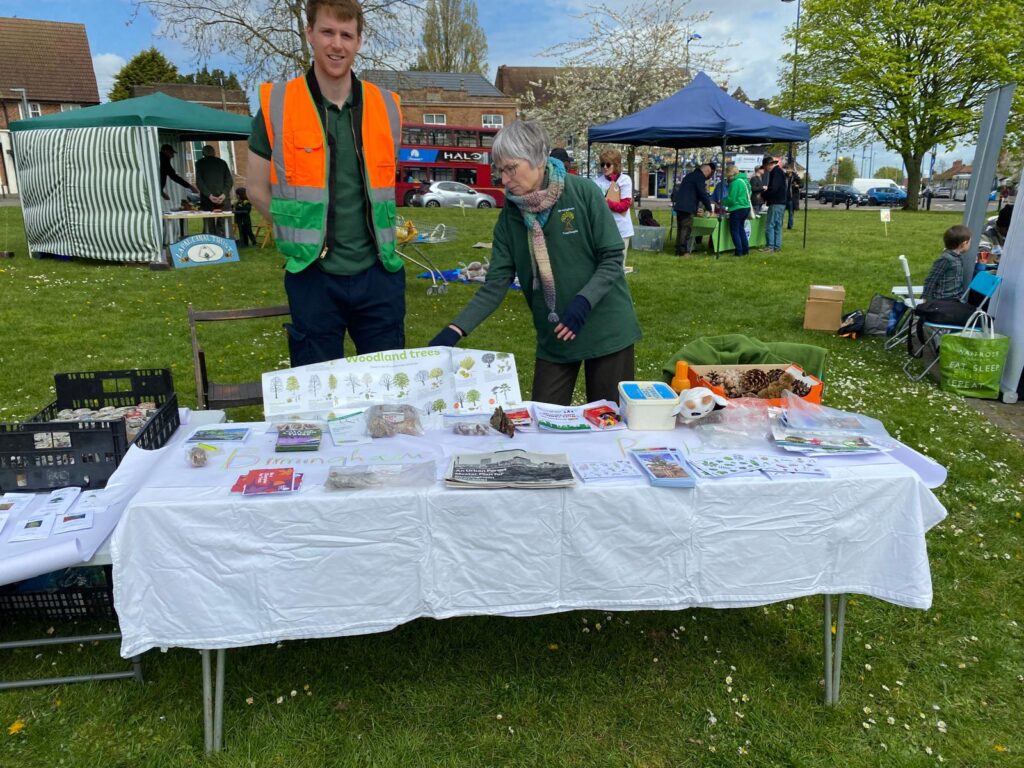
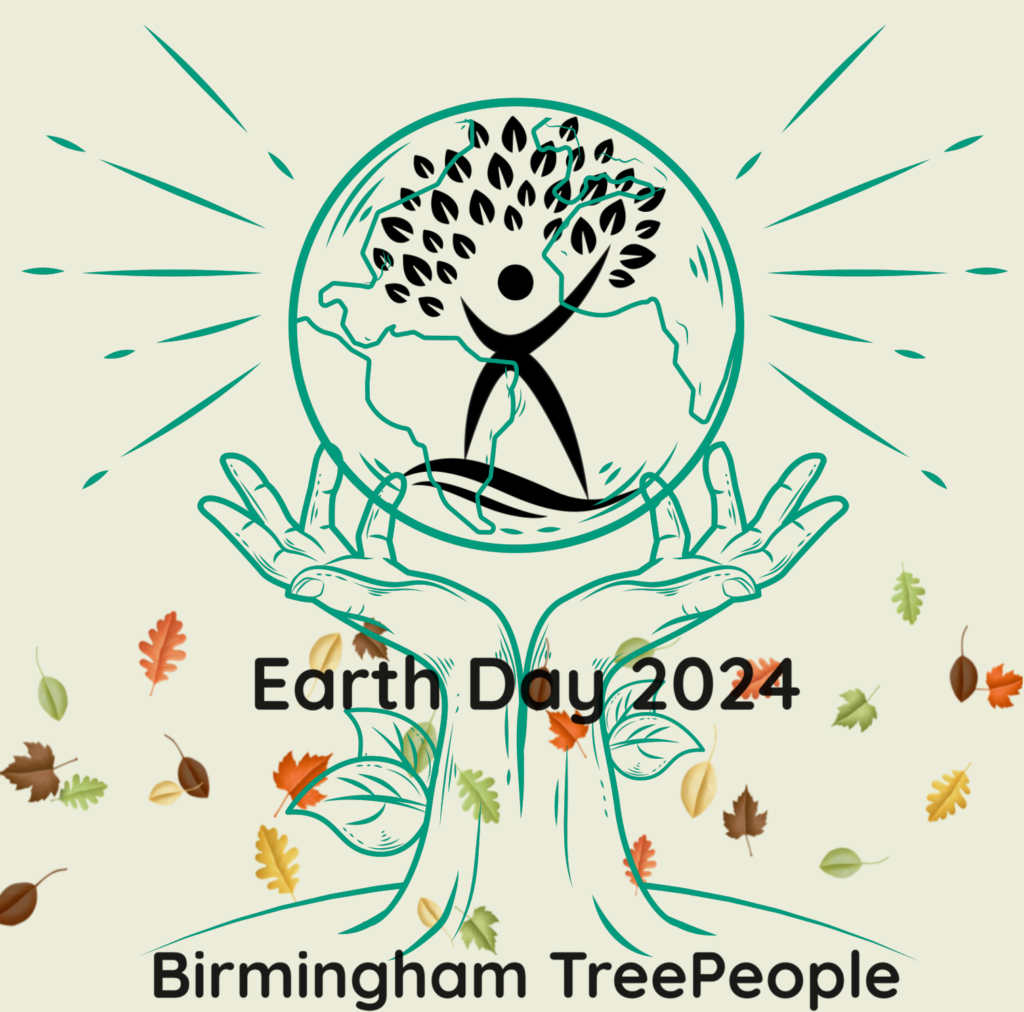
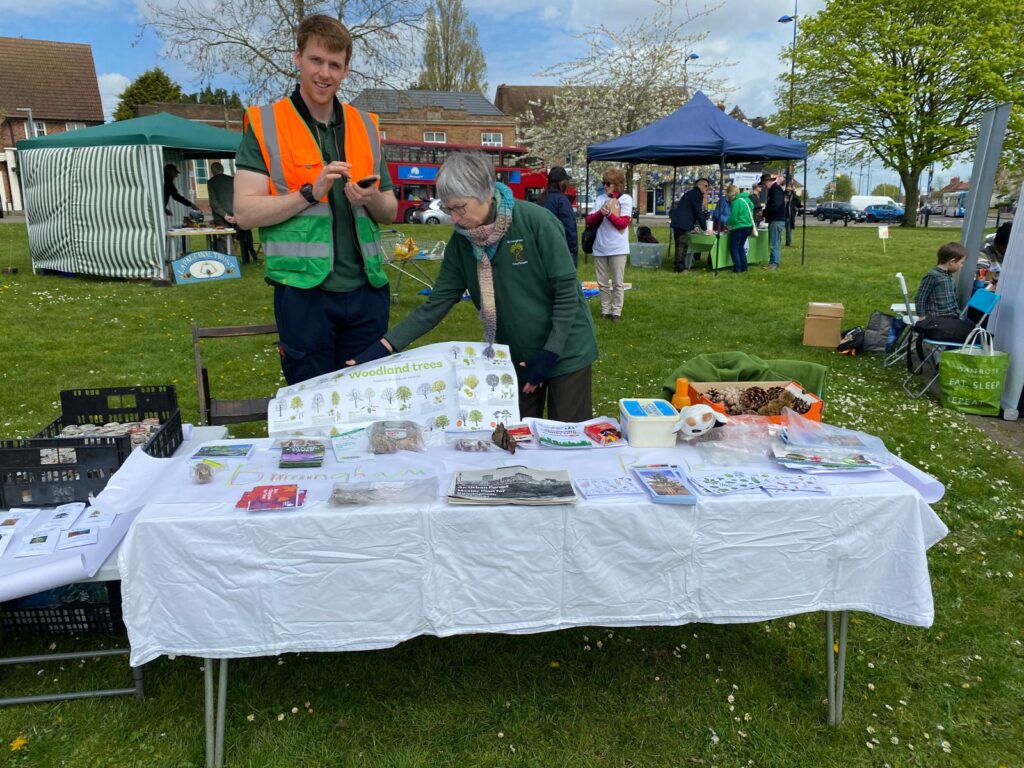


Tonia Clark, BTP Chair, Lawrence Weston our newest Trustee, and Julianne Statham, Trustee for Treemembrance, attended the Earth Day celebrations (and Earth Month throughout April) at Weoley Castle again this year, on Saturday 20th April (for Earth Day on 22nd April).

To celebrate Earth Month and Day, many groups and activists from in and around Birmingham attended the celebration in Weoley Castle Square, to draw attention the importance of our planet, with a focus on removing plastics this year. Do you have any tips on reusing or recycling plastics in your household?
The weather was rather lovely, and was made brighter by extra helping hands belonging to Rachel, one of our urban forest volunteers! We talked to many people about what we do at BTP, encouraging people to become part of their urban forest, as well as many educational leaflets and display items. We want to thank the organisers at Weoley Castle for organising another great Earth Day celebration!
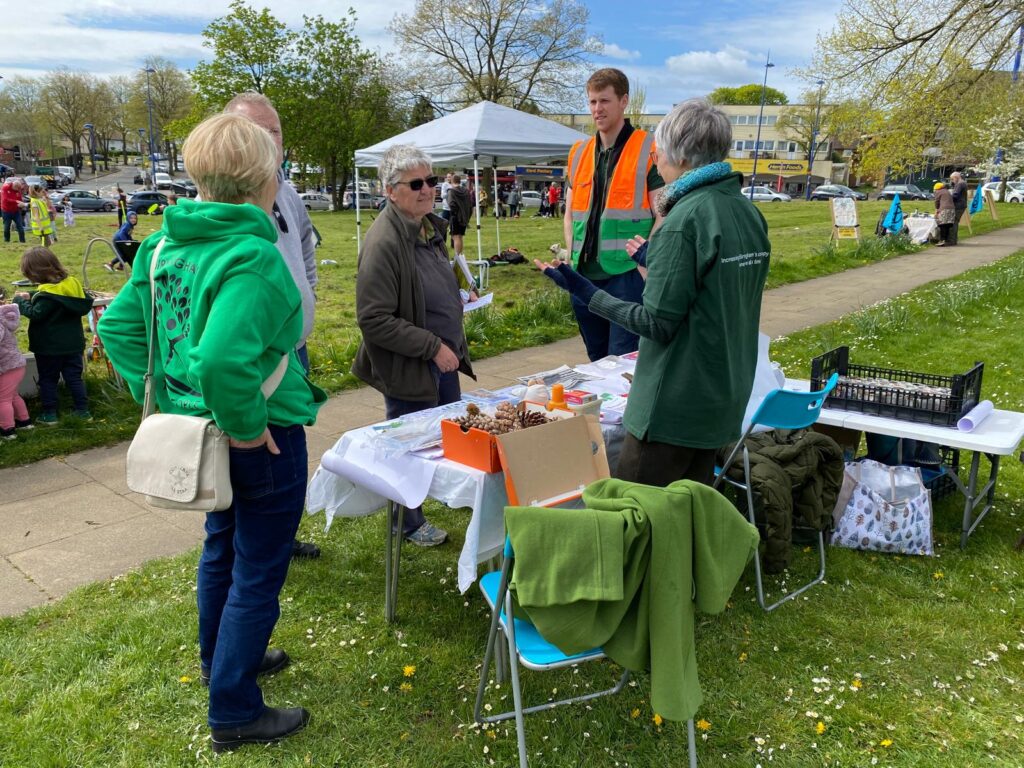

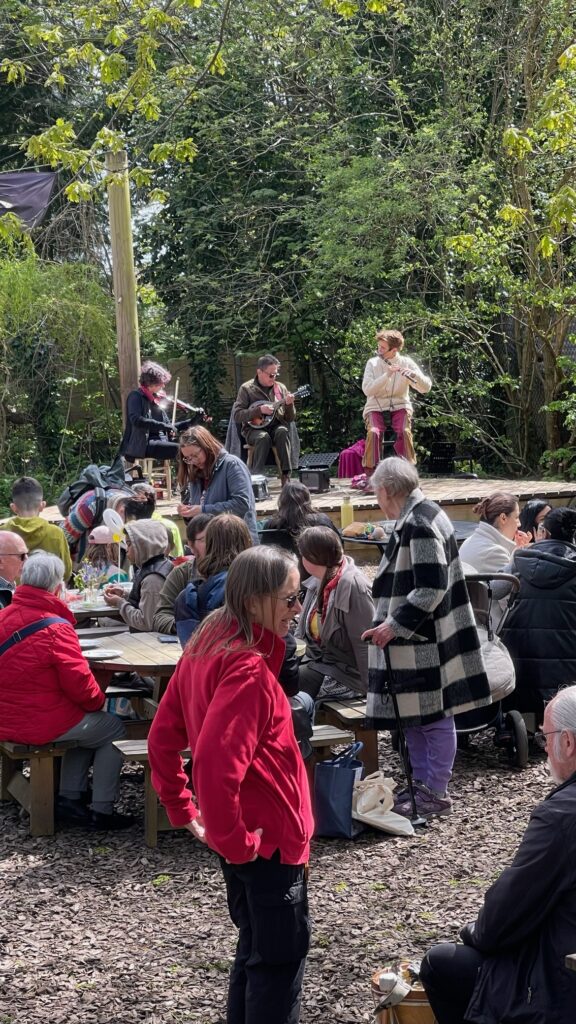
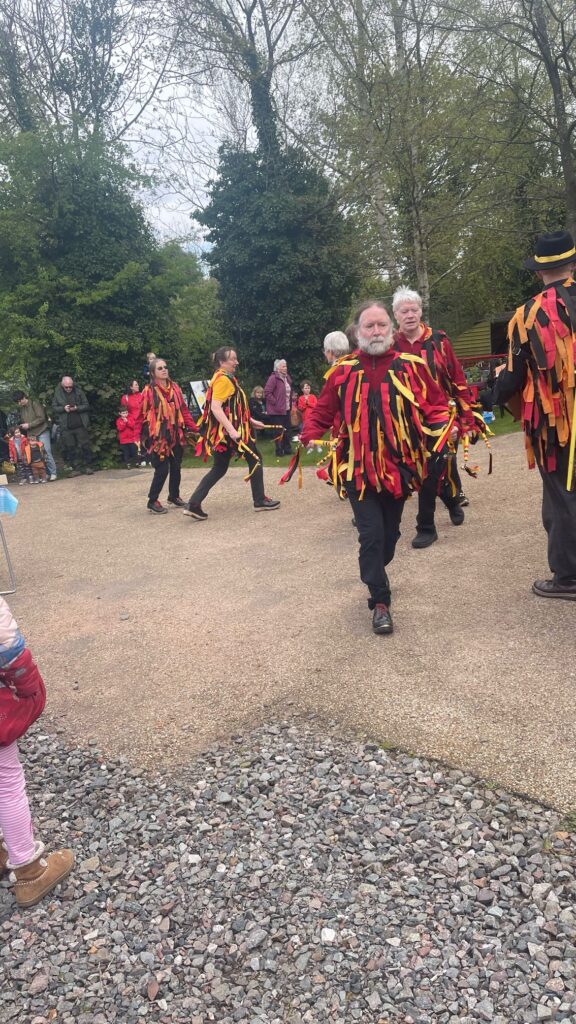
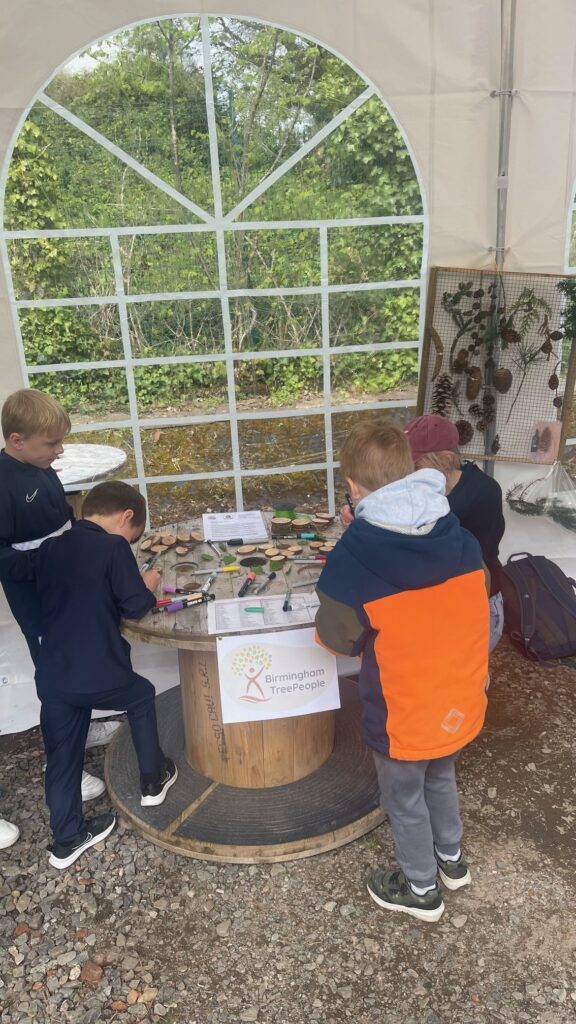
Steve Watson (Trustee) is also a member of Martineau Gardens, that’s why he and Katy Hawkins, our Engagement Officer, attended their Spring festivities on the 20th April. On a bright, sunny day, hordes of people from all over Birmingham and beyond enjoyed a jamboree of events, including Morris Dancing, bands, and fete games.
The many stalls were diverse, presenting offers from well-being support to tree orientated displays from BTP. Katy provided some talks and helped arrange arts and crafts. Kids could colour in tree cookies, which proved very popular, and adults enjoy learning about tree rings, tree cones, and cerebral books.
Thank you to Martineau for providing space for us amongst the fantastic volunteer groups that attended, and for a wonderful Spring day.

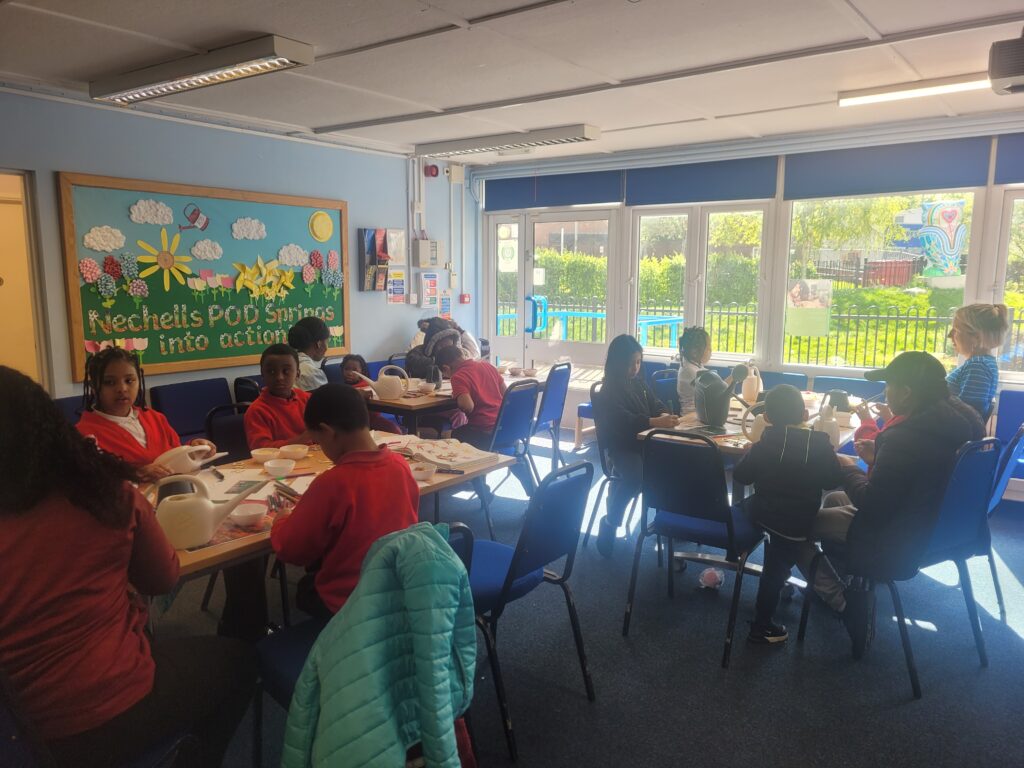
We held another creative arts and crafts session at Nechells POD this Wednesday 17th, decorating watering cans to promote the aftercare and watering of the newly planted local trees.
Katy Hawkins, Engagement Officer, hosted this with a theme in mind: each of the three tables were dedicated to one of the new tree species on Bloomsbury Road, Hop Hornbeam, Sweet Gum, and American Ash. The children decorated their cans with these as prompts, using the wooden letters and acrylic pens to write their names and drawings on the white and green cans.
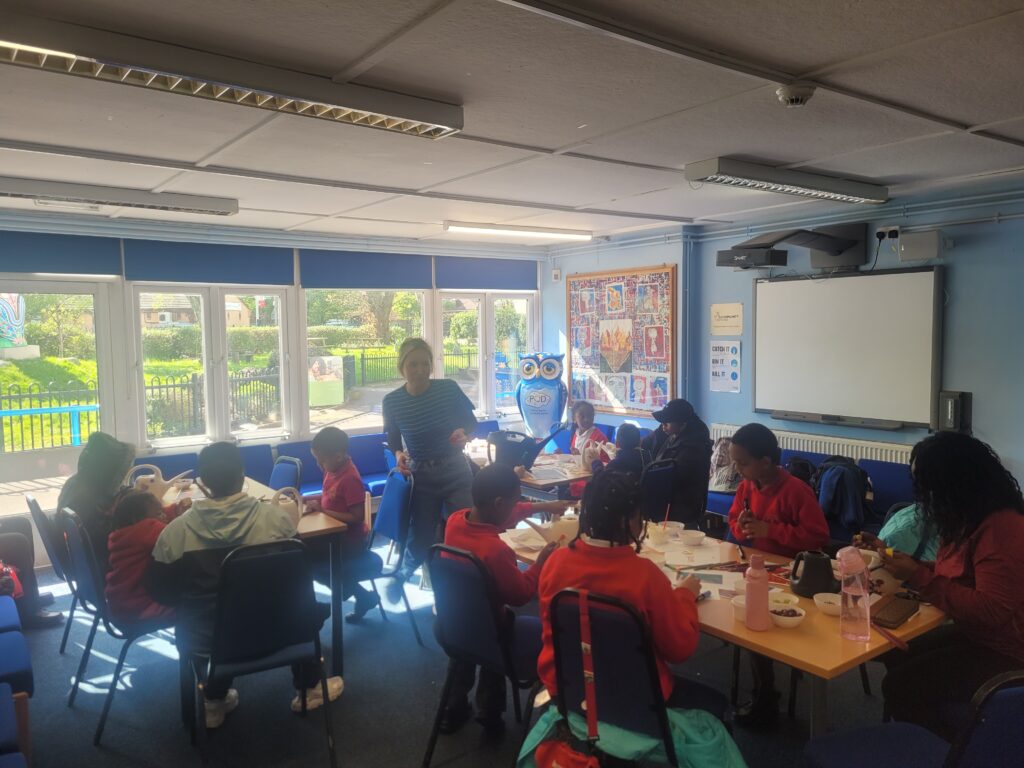
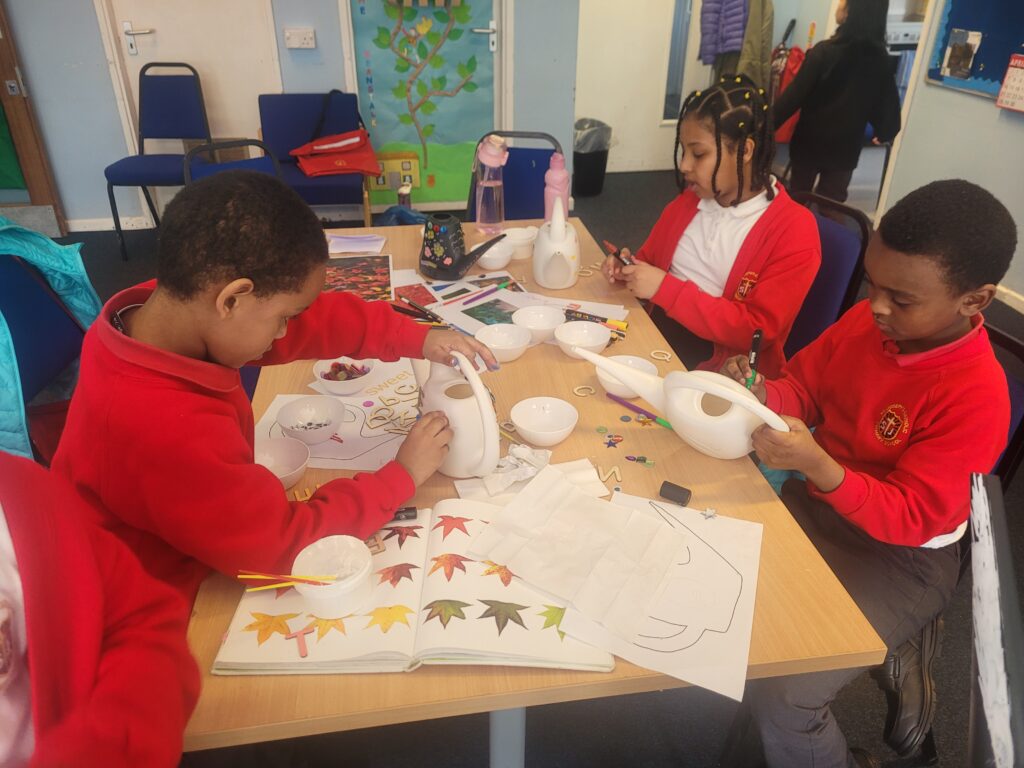
BTP want to encourage community ownership of trees, so once the watering cans were completed, the group set off down the road to visit the trees in question and give them some TLC. We all took turns to water the trees, explaining why we use watering bags (do you know what benefits they have?), and trying not to get caught in the water fight in the sunshine!
Thank you to Nechells POD for working with us again to create a wonderful, artistic session, bringing nature and our youth together, ensuring the lasting care of the community-planted trees around Nechells.
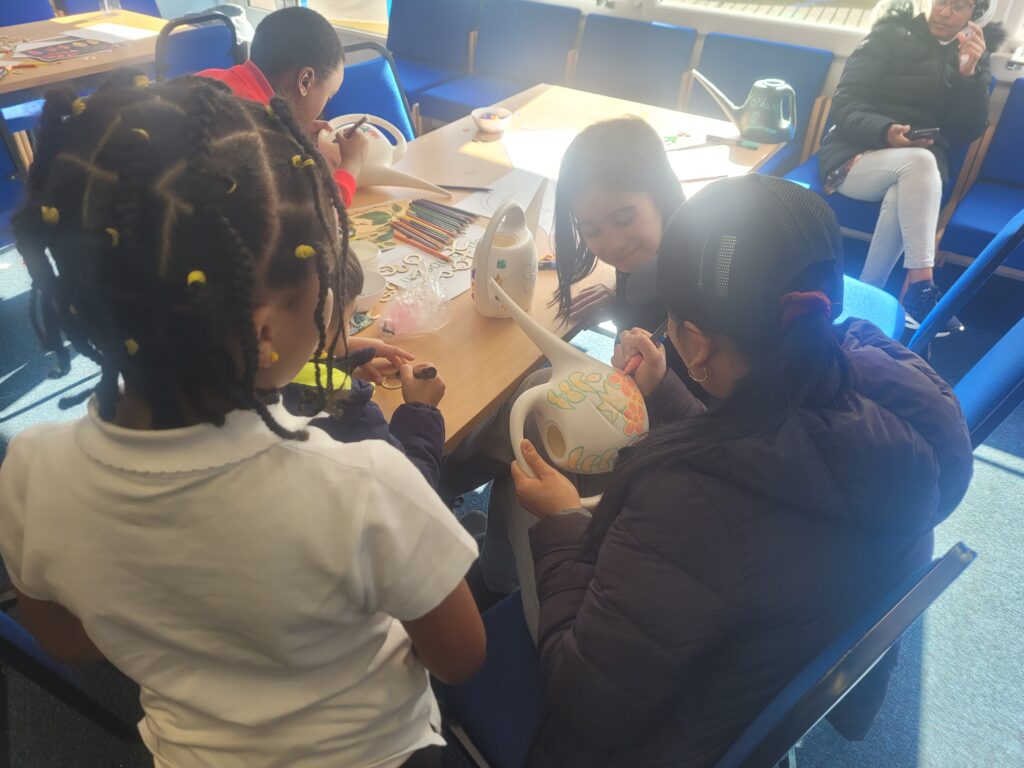
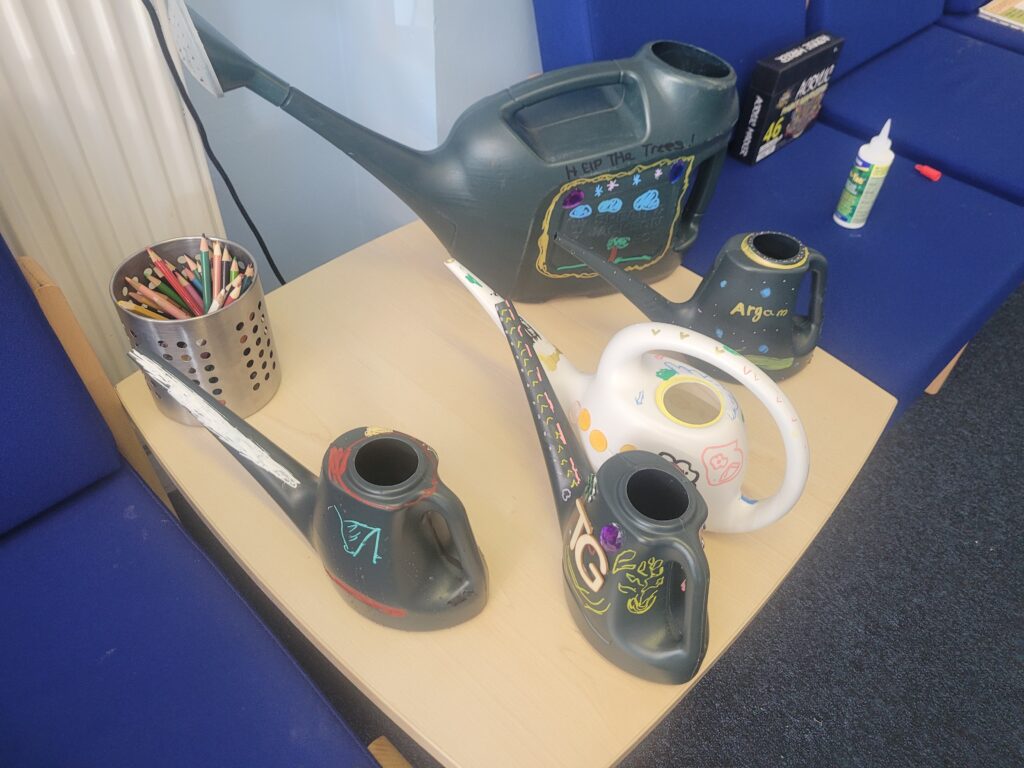

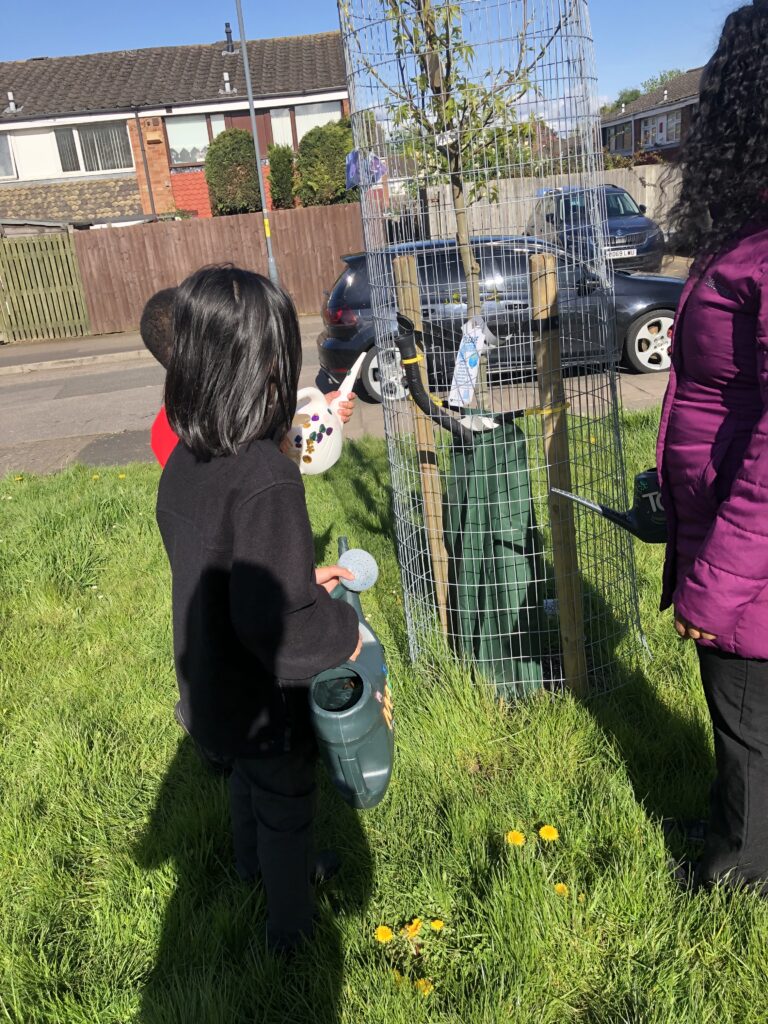


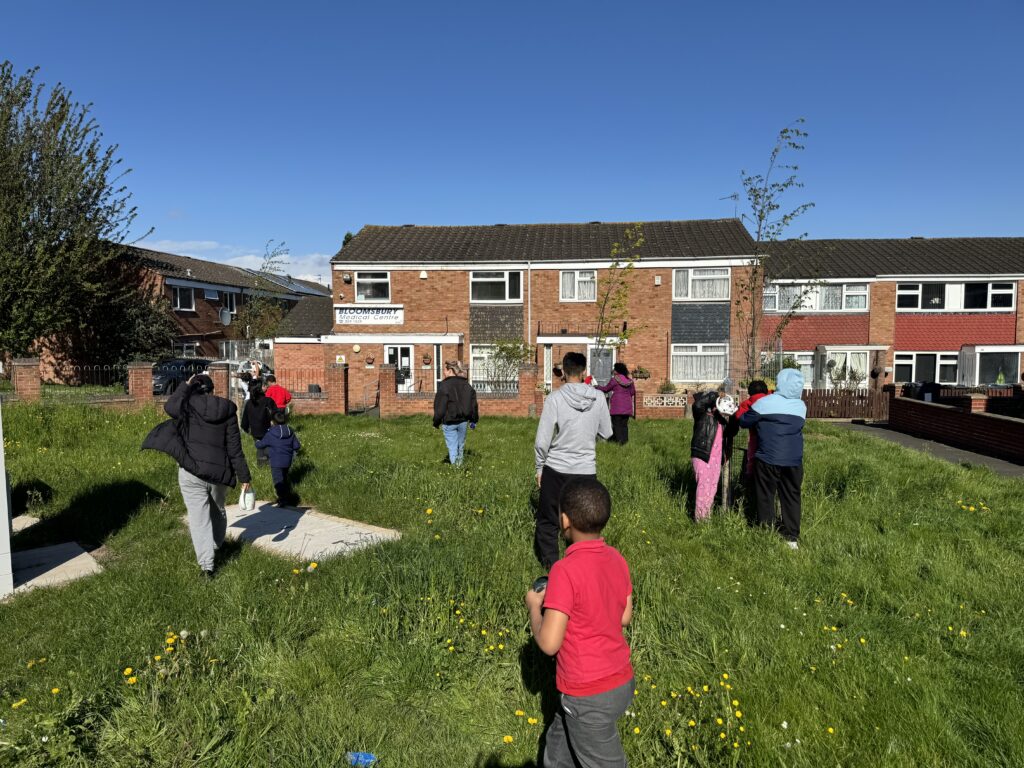


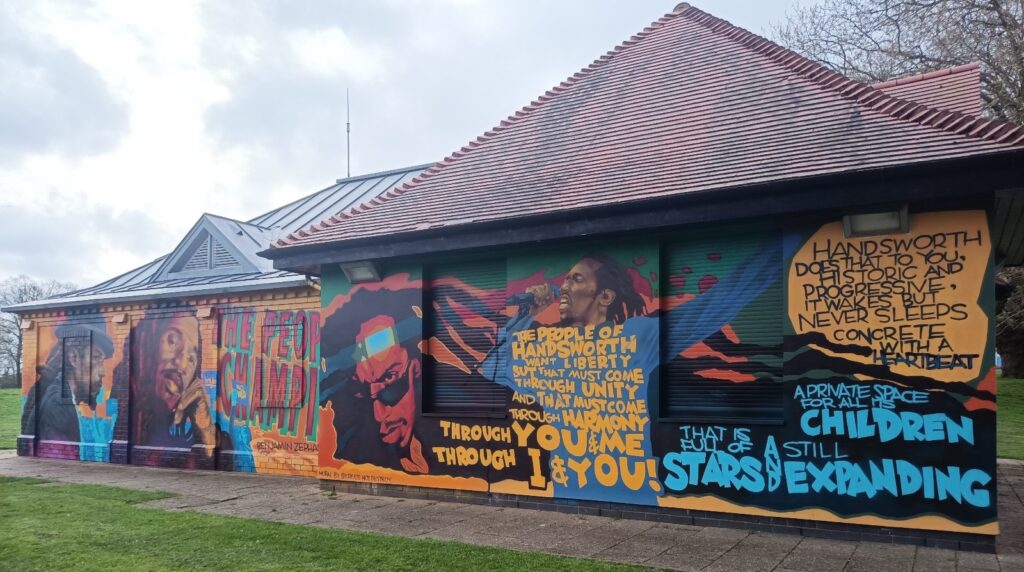
Ian McDermott took the L2 Arboriculture class out, for their final session on Tree Inspection, on Saturday 13th April. He hosted the class in Handsworth Park, where the Sons of Rest has recently received a new tribute mural to a prominent Birmingham figure, painted by Bunny Bread. The memorial was revealed the following day in a spectacular unveiling that was well-attended, by our Chair and many members of local friend groups and councillors and family and children and all alike – celebrating the life and legacy of one of Brum’s most iconic poets and dub musicians, artist and activist, roots and nature advocate, Benjamin Zephaniah.






Nina Griffiths, BTP Trustee for Street Trees, held another survey session on Sunday 7th April. Not allowing Storm Kathleen to blow in and ruin our entire day, Nina and the other surveyors came for the morning session and surveyed the 10 trees in the area that were on the list (there were more, but a couple were absent, and another replanted, which is recorded using TreePlotter).
When the volunteers had some trouble locating certain trees (that proved to be absent), Nina stepped in to save them by demonstrating the use of TreePlotter to help the team locate the right tree that matched our list of street trees.
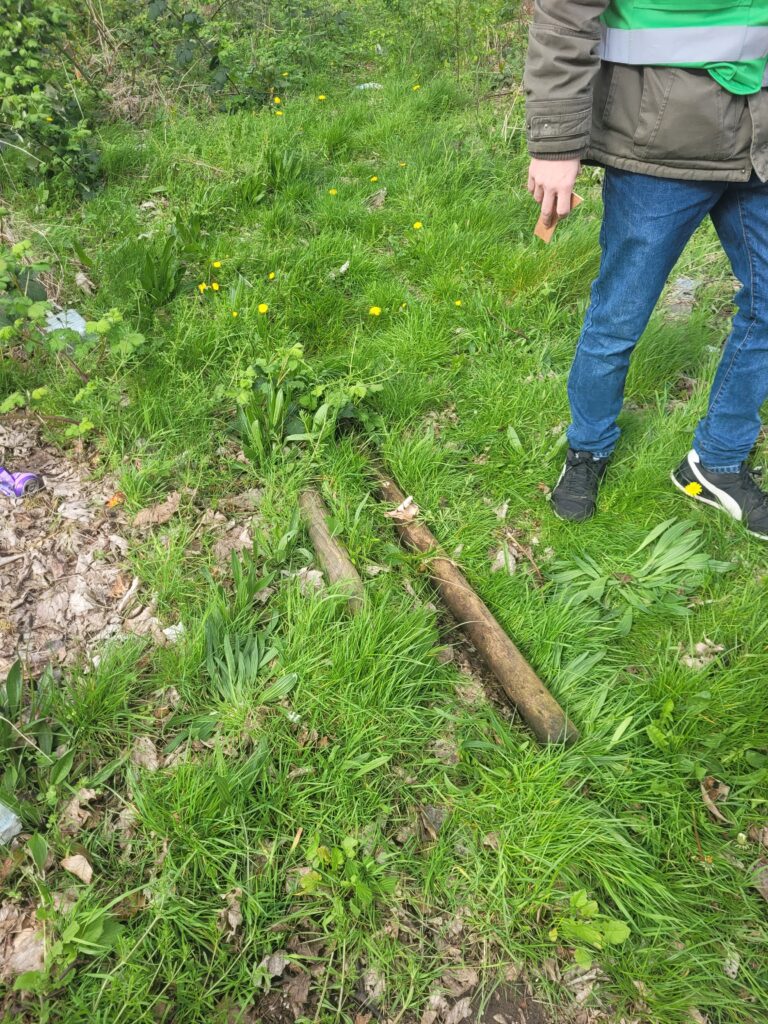

The surveyors – Julianne, Charley, Alex, and Jeevan – split into two teams to get the job done. Nina trained Jeevan on-the-ground, having joined us that day as a new surveyor, and on such a windy day her presence was warmly welcomed!
The group found an interesting street tree, that had had its planting hole stolen by another seed, had grown rapidly, and was thus choking the growth of the other, intended street tree.

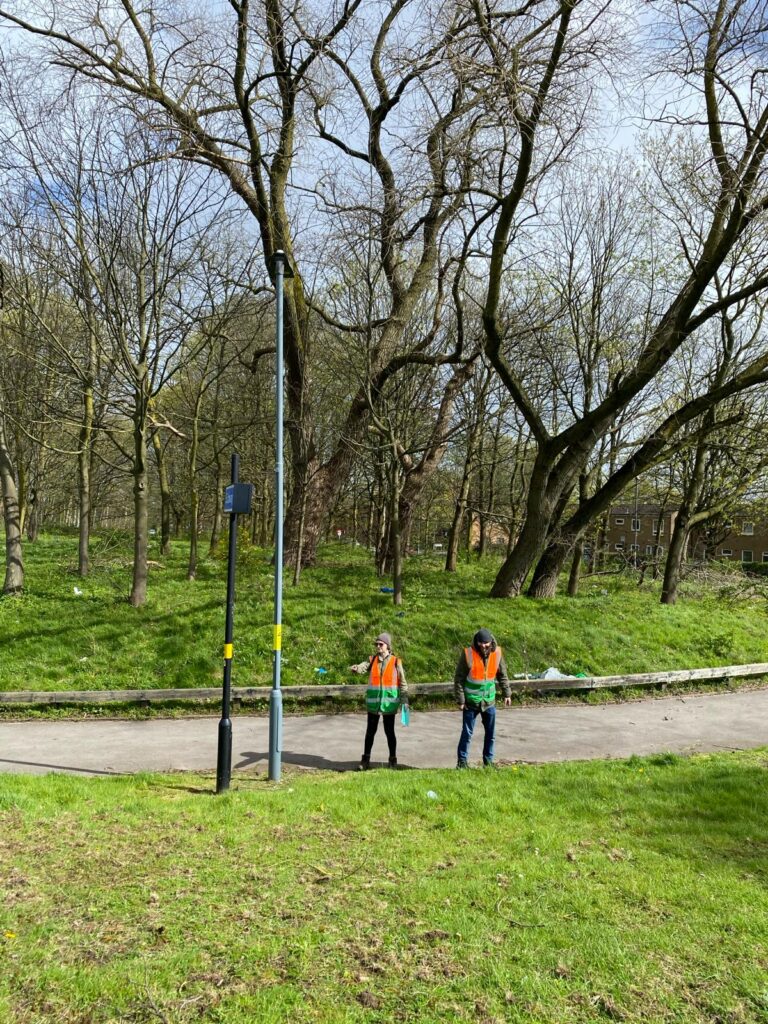
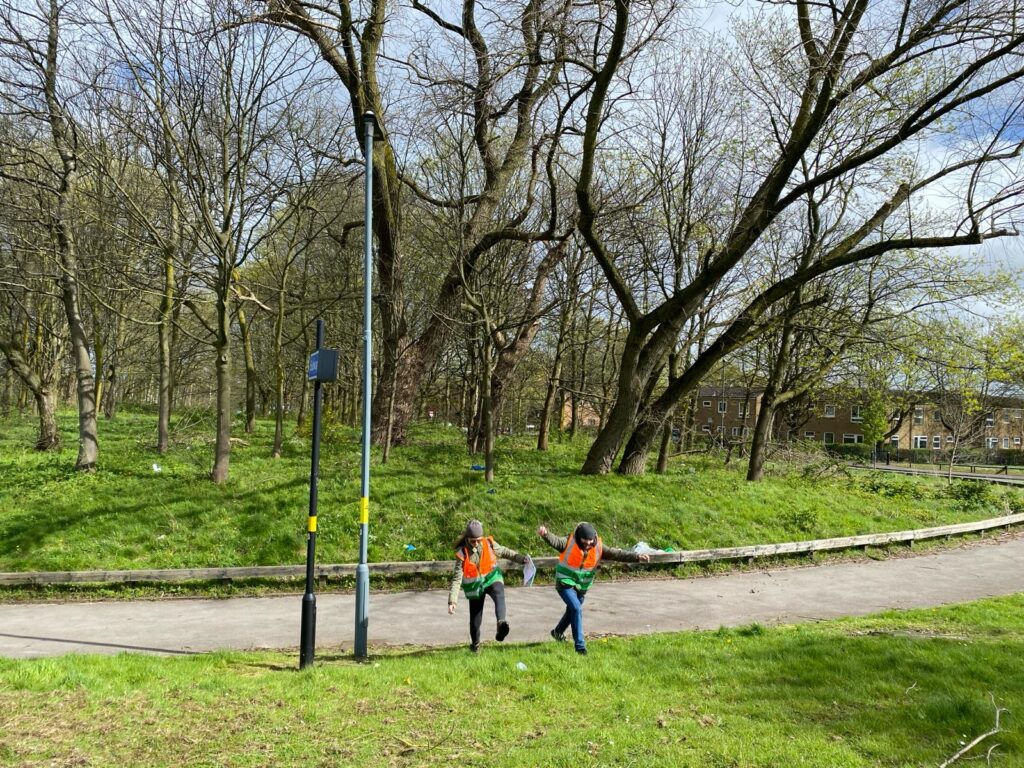
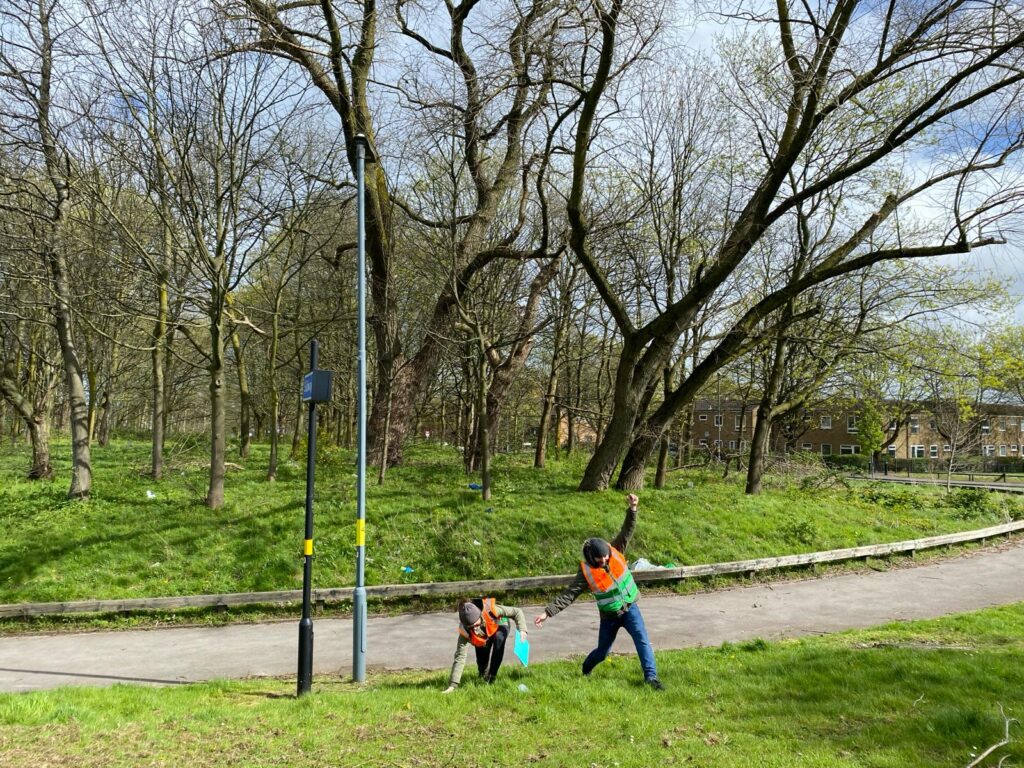
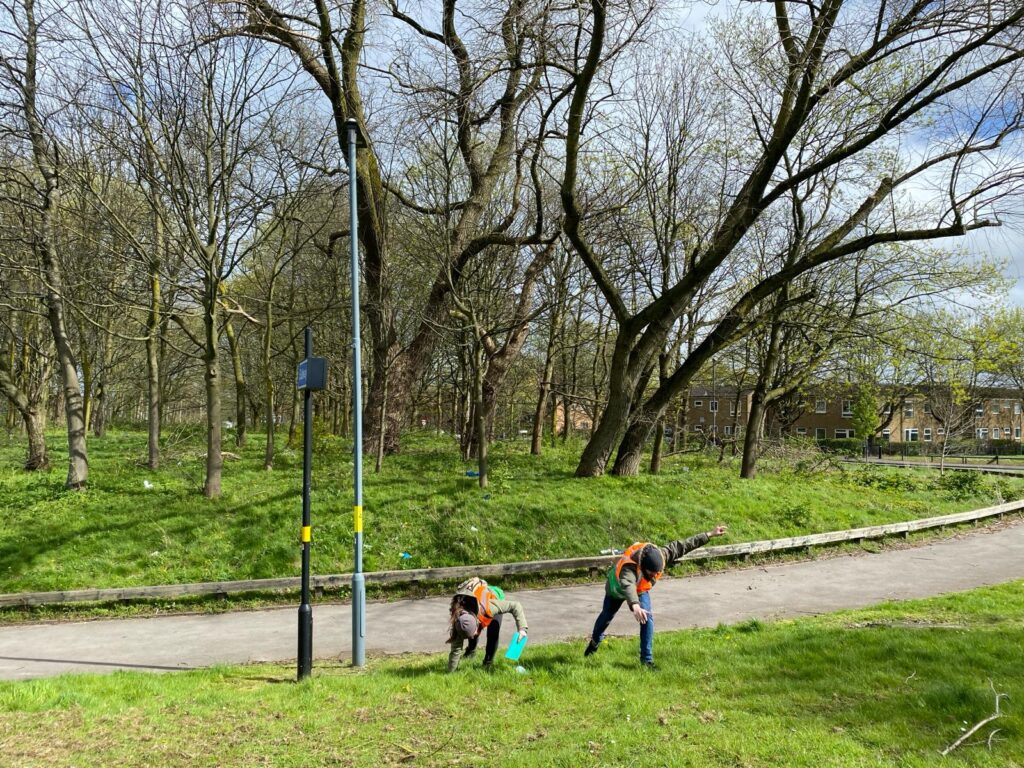
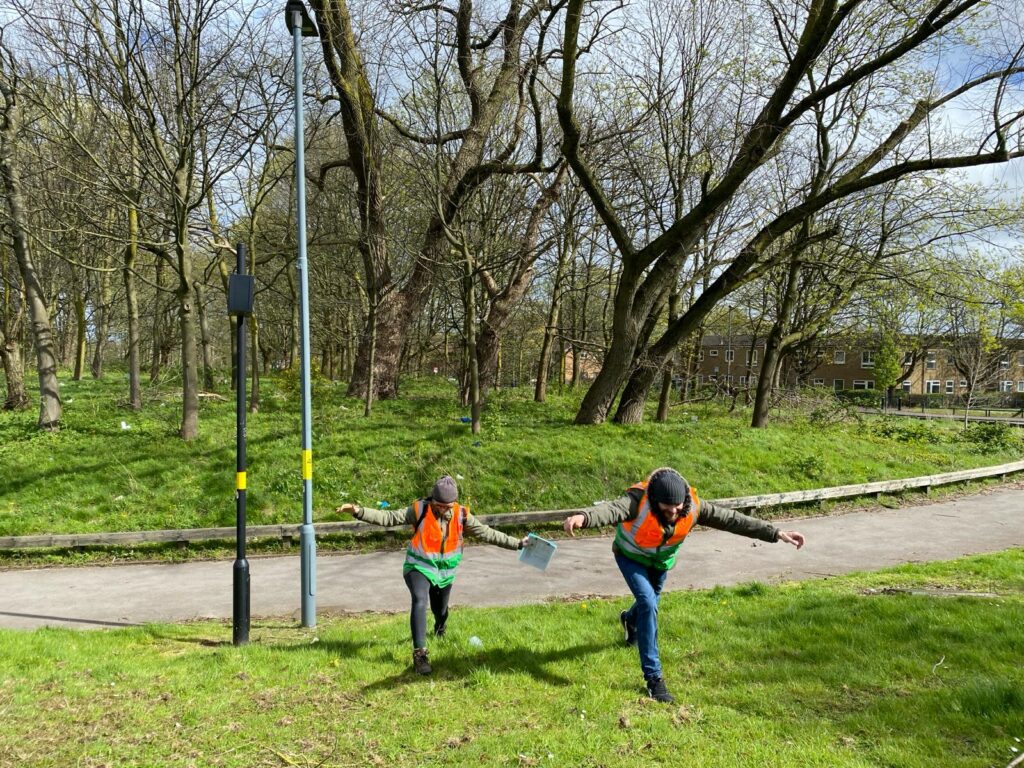

Thank you to the volunteers and to Nina; we have 3,000 trees to survey, so please let us know if you’d like to get involved!
About 20 people came along to the nature walk around Edgbaston Reservoir, with Friends of Edgbaston Reservoir, on Saturday 30th March for Easter.


Lovely sunny day, the group spotted flora, fauna and funga on the interesting north side of the Local Nature Reserve.

The Reservoir has a relatively recent history and is an early part of the development of this part of the city. The LNR has five distinct plantation areas including a wetland. The spring is rapidly developing, but still cunningly disguising the identity of the trees. Help was on hand from a brilliant, teenage forester who knew his stuff! The trees at the LNR are mostly traditional deciduous and provide a useful learning resource.
Thank you to everyone who came along for Steve Watson’s walk, we are already looking forward to the next!







Last year in March 2023, Ladywood Health and Community Centre acquired four flowering trees from the National Trust, a legacy from the Commonwealth Games.
Patchwork Meadow planted the trees with BTP’s help, along with wildflowers, in the raised beds in the grounds of Truro Tower on St Vincent Street. It is close to the famous statue of Blondin, who tightrope walked across the nearby Edgbaston Reservoir.
Sadly, only one tree survived. Kindly enough, NT supplied three replacement trees!
Two members of staff from Shakespeare Martineau, Jakob and Assissa, took a couple of hours off on Wednesday to help plant the replacements, with Alison from Patchwork Meadow and Steve Watson from BTP.
In wind and rain, like King Lear, the old were replaced with new, and the wildflower beds replenished with more seeds in time for Spring.


TreePlotter is our go-to software solution for many of our Urban Forestry projects. That’s why we were selected from across the planet, to present some of those projects to users and members of the public during a 12-hour online conference, featuring users from Europe, USA, and Australia!
For BTP’s section, Ian McDermott gave an overview of our non-profit organisation, and spoke briefly about our Tree Equity planting programme. This has become the leading project of its kind in the UK, where we use TreePlotter to identify, plot, and plant trees, along with a community engagement thread. See our TreePlotter here.
However, the main thrust of the presentation was delivered by Nina Griffiths, the BTP Trustee charged with running the citizen science project, looking at the success of newly planted street trees (please let us know if you’d still like to get involved with the ongoing survey). Nina gave a brief overview of the burgeoning project, that now has dozens of volunteers engaged, along with two placement research students.
The audience were incredibly engaged with the presentation, and we are expecting to be invited back to talk in more detail about this soon.
We wanted to thank the organisers of the conference for our invite, as it was a pleasure to present to groups and individuals around the world the hard work our TreePeople – our urban forest volunteers – have been doing for our city.
A copy of the entire conference can be found here and BTP’s presentation is here.

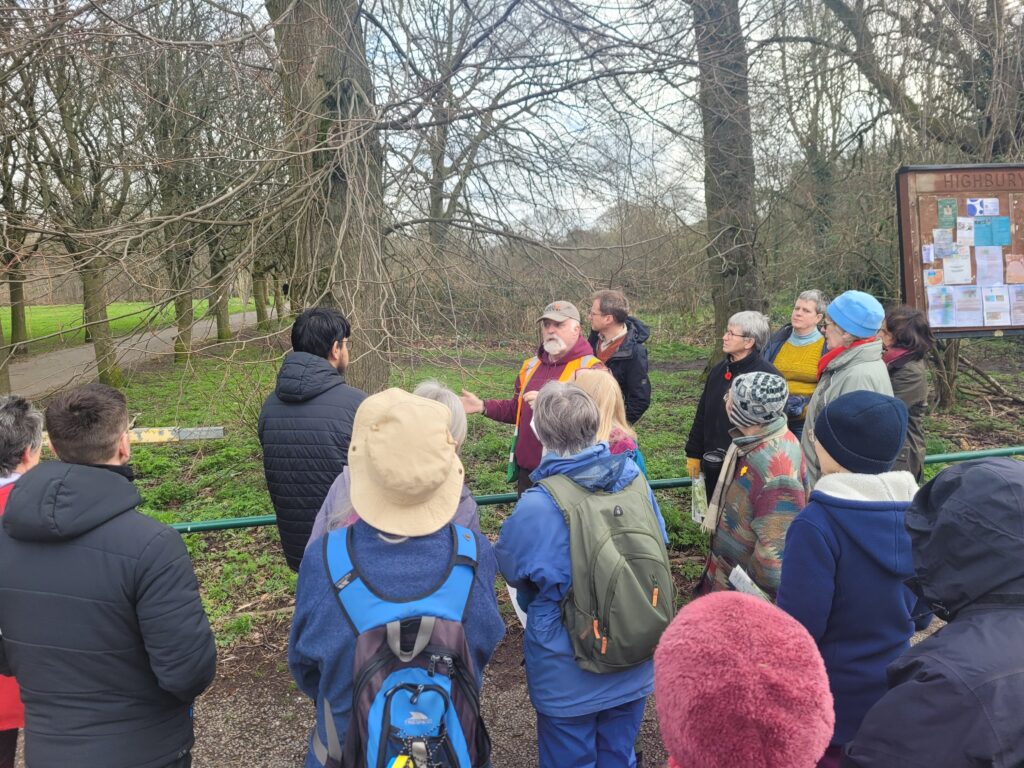

On Saturday 16 March, we gathered in Highbury Park, with Highbury Park Friends, to host a training session on winter tree identification. After the success of the previous session here in December 2023, this tree talk ran effortlessly, and was incredibly informative on the mostly native trees that dwell in this green space.

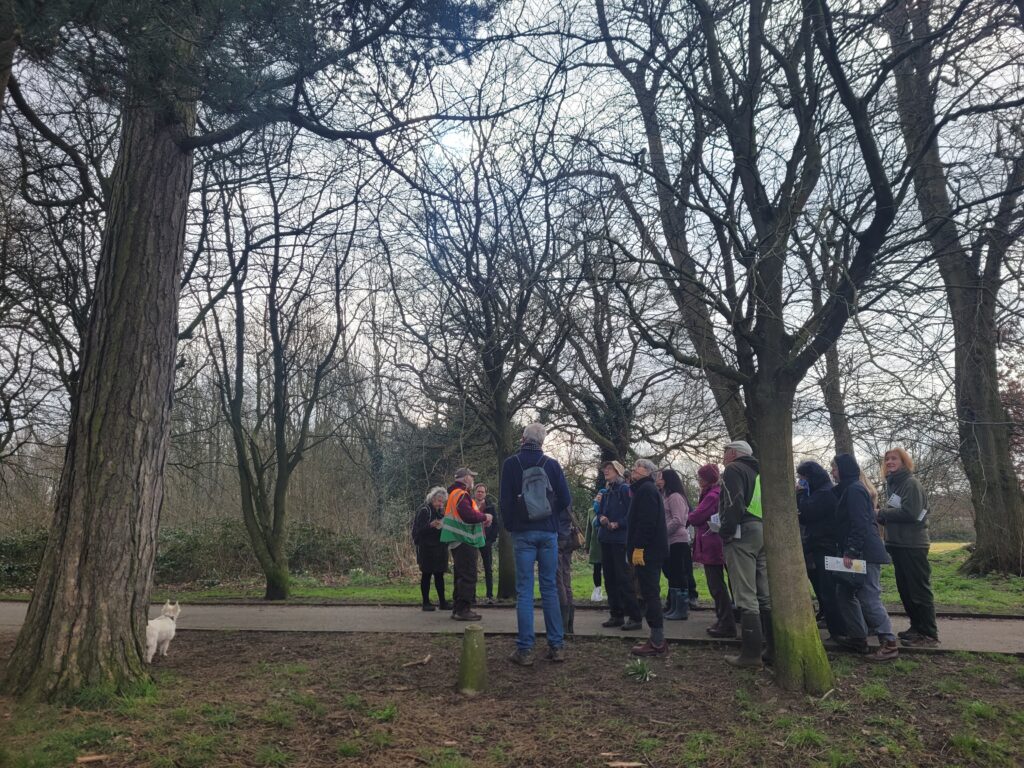
The joint group of thirty volunteers gathered to learn how to identify these trees, through bud formations and bark. Starting with our most common street tree, the Lime, Mac began the ident session by talking about the different kinds of buds. Silver Lime (a large, grafted tree), however, causes bees to starve!
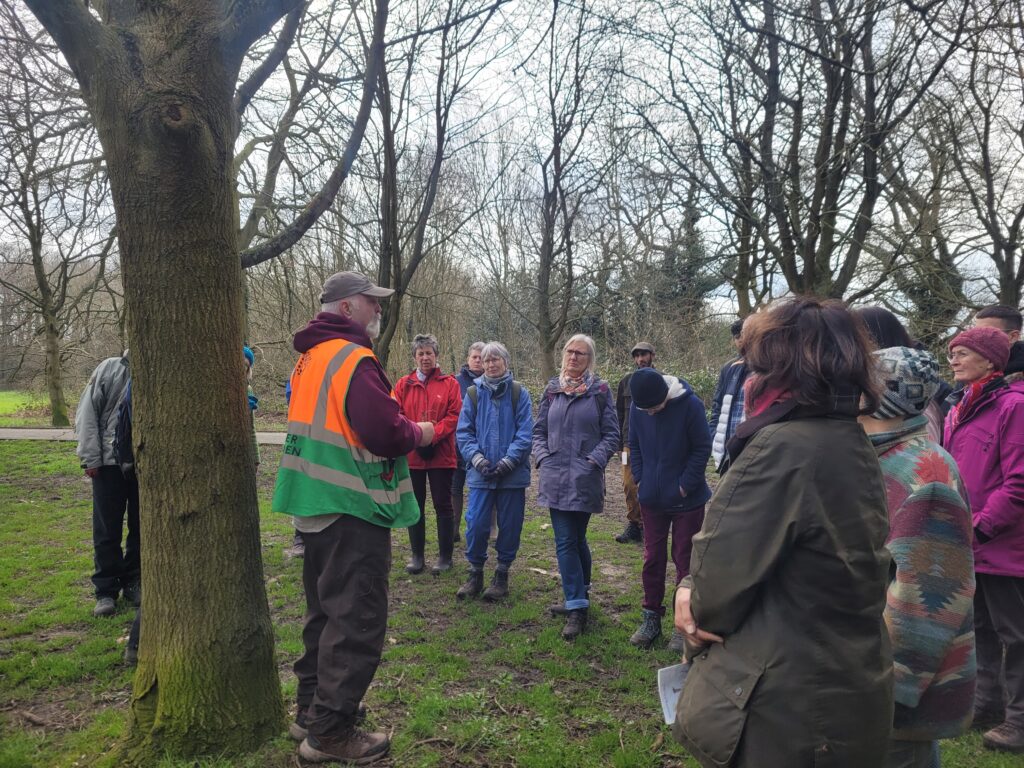
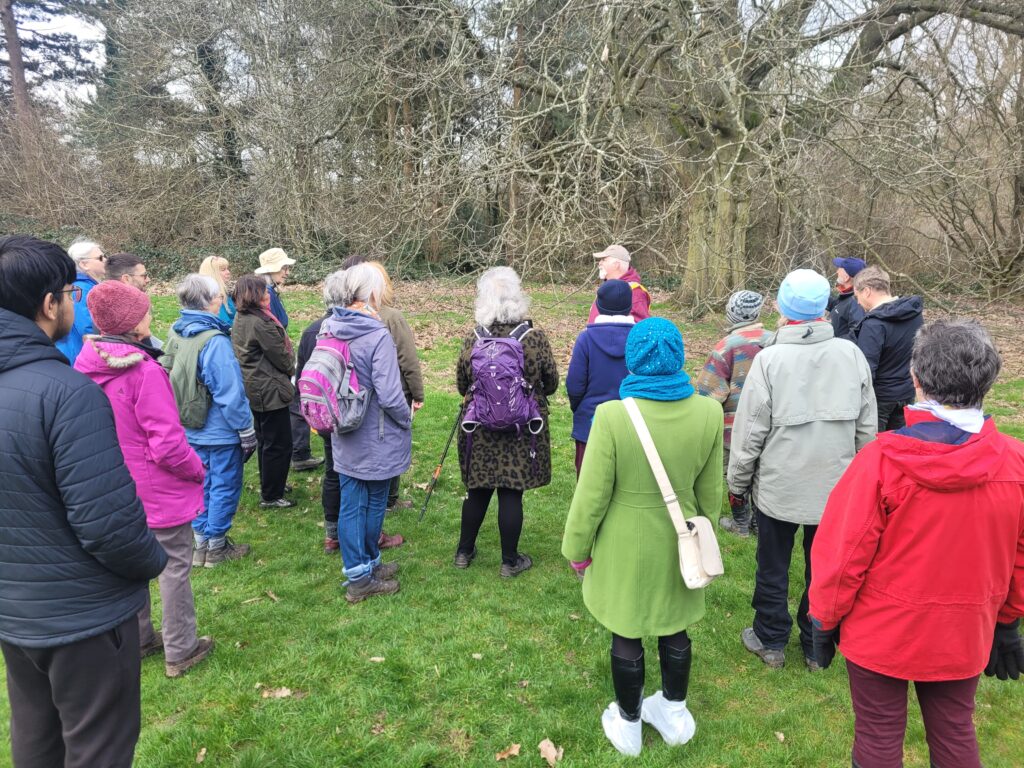
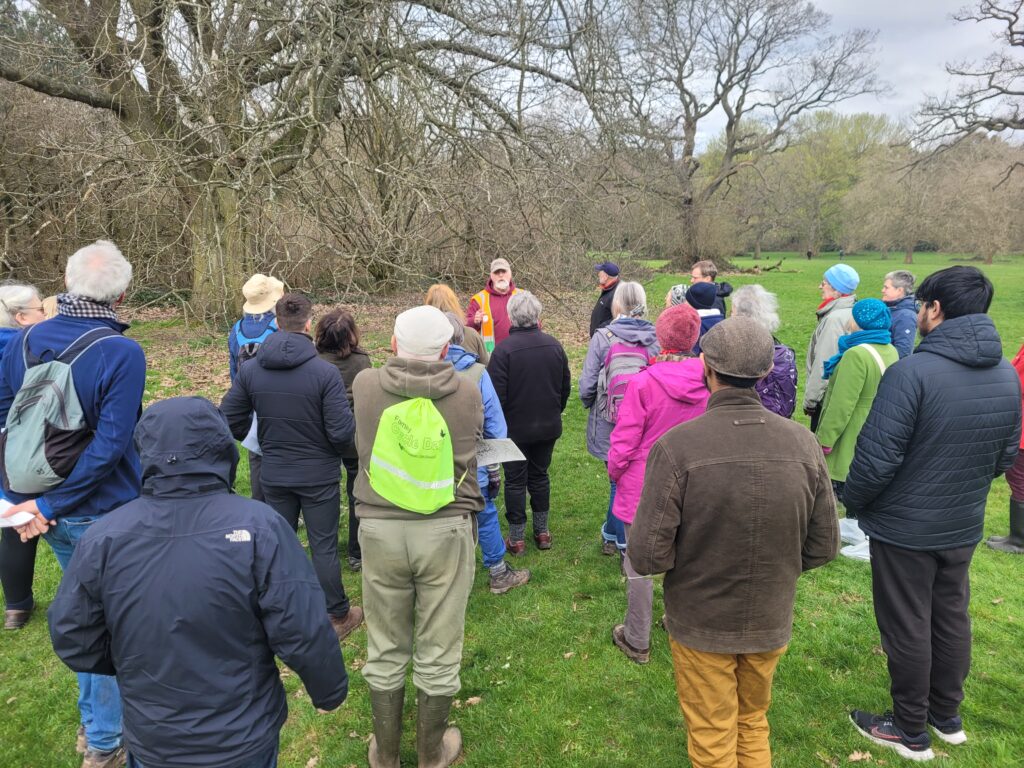
The Black and Scots pines can be identified through the shape and length of their needles; Black being typically twice the size of Scots.
Knowledgeable volunteers knew that the spiky leaves on Holly are a chemical response and defense mechanism to being eaten or defoliated; we can run, but the trees must stand and fight, so over time they develop the most spectacular ways of defending themselves from their predators.
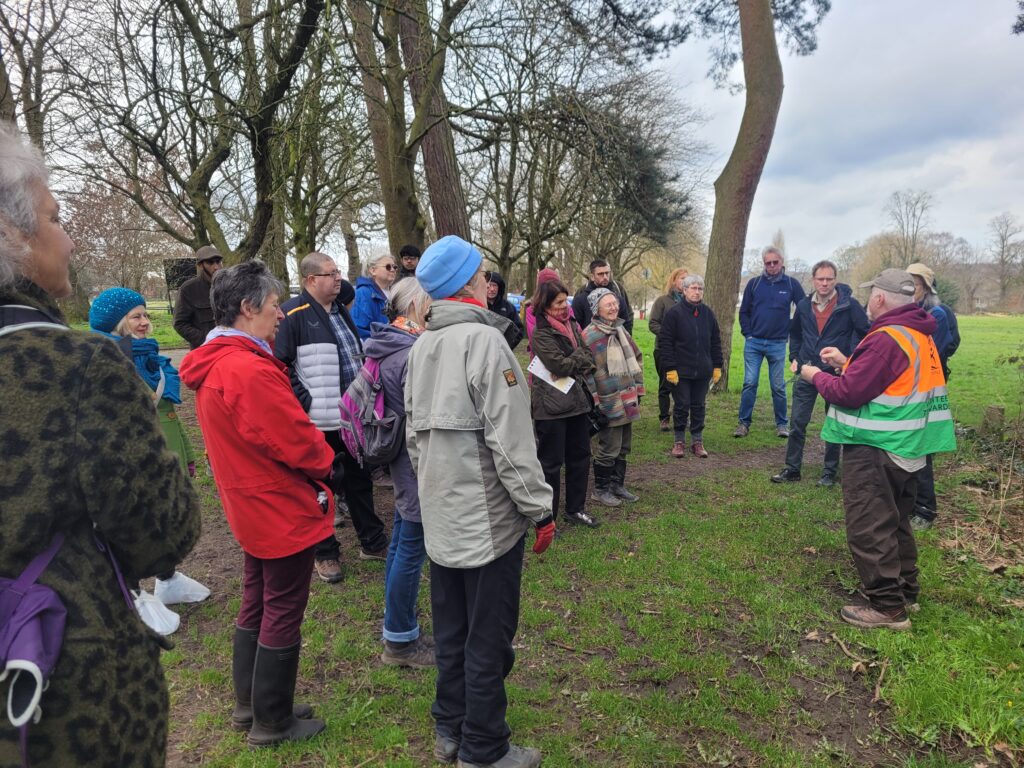

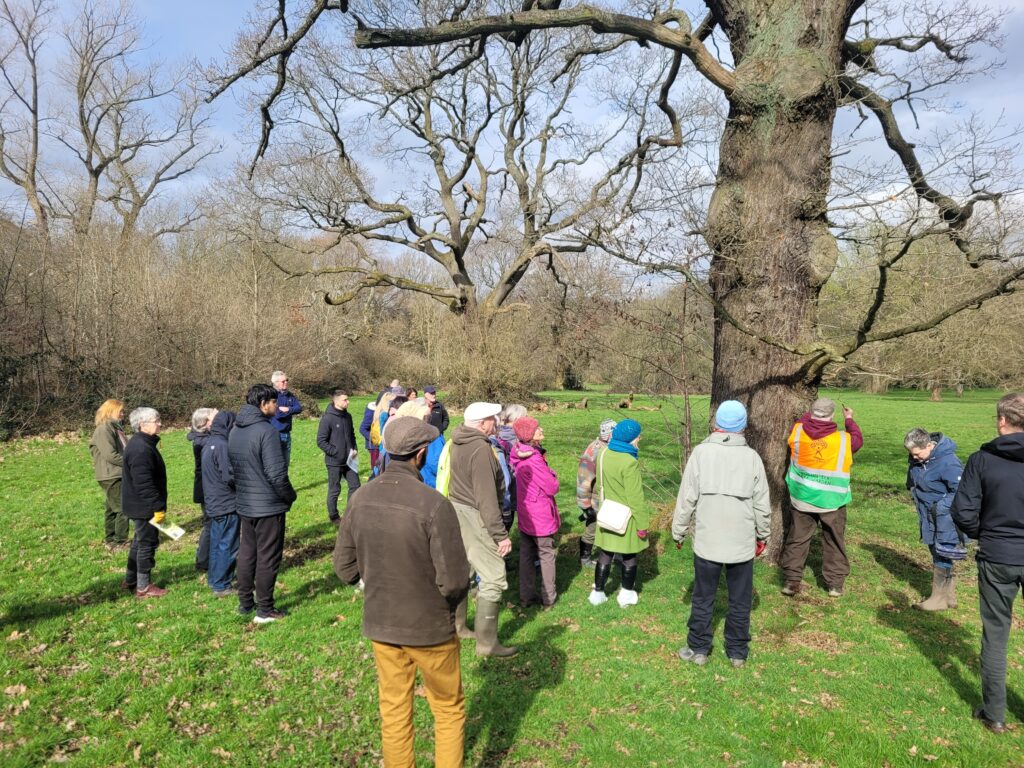
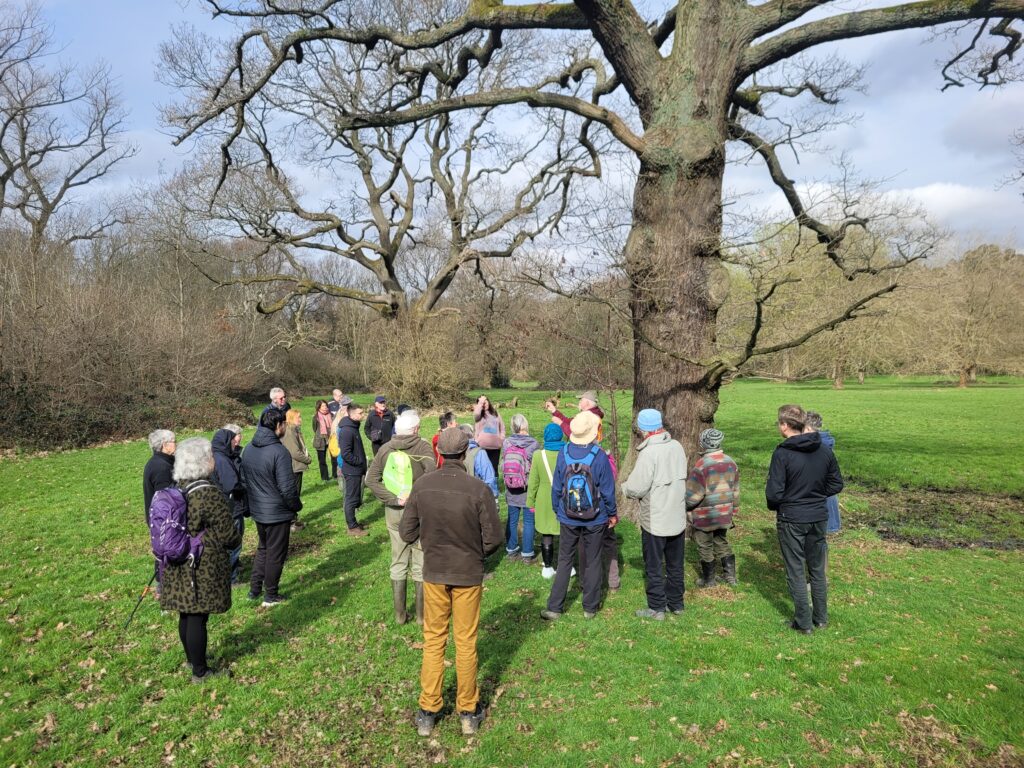
Many of us will be aware of the effects of Ash die back, and we can identify this tree by their black terminal conical bud. The fungus, chalara, settles on the ground and the spores attack this brittle, native tree, to the point that they’re seeding prolifically as a near-death response. It is predicted we’ll lose 90% of the mainly woodland tree in the coming years.
The Sweet Chestnut’s bark is a key player in identification, and if the foot-long cluster leaves are present this becomes easier. Many Chestnut trees are grown straight by pruning side branches, known as ‘brashing’ or ‘crown lifting’, when these trees are grown for timber.
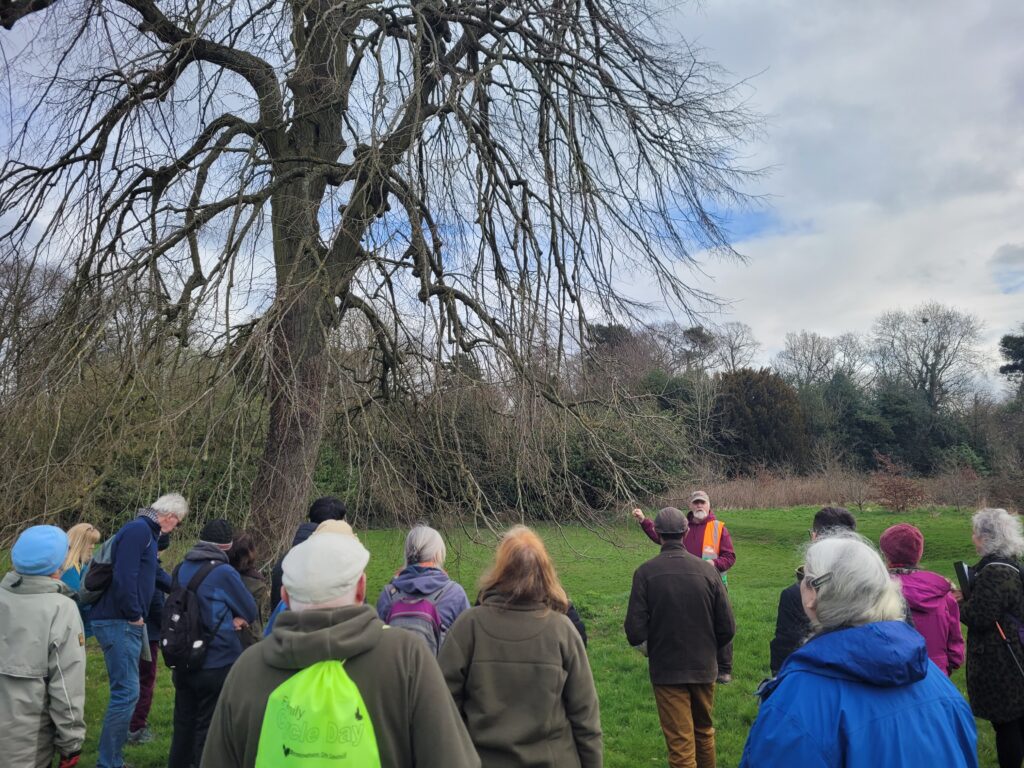


The red (non-native) and white (native) Oaks can be differentiated by their buds; red has alternate buds and we can use the terminal bud for ID, or their large leaves when they’re present, but white has a different bud arrangement.
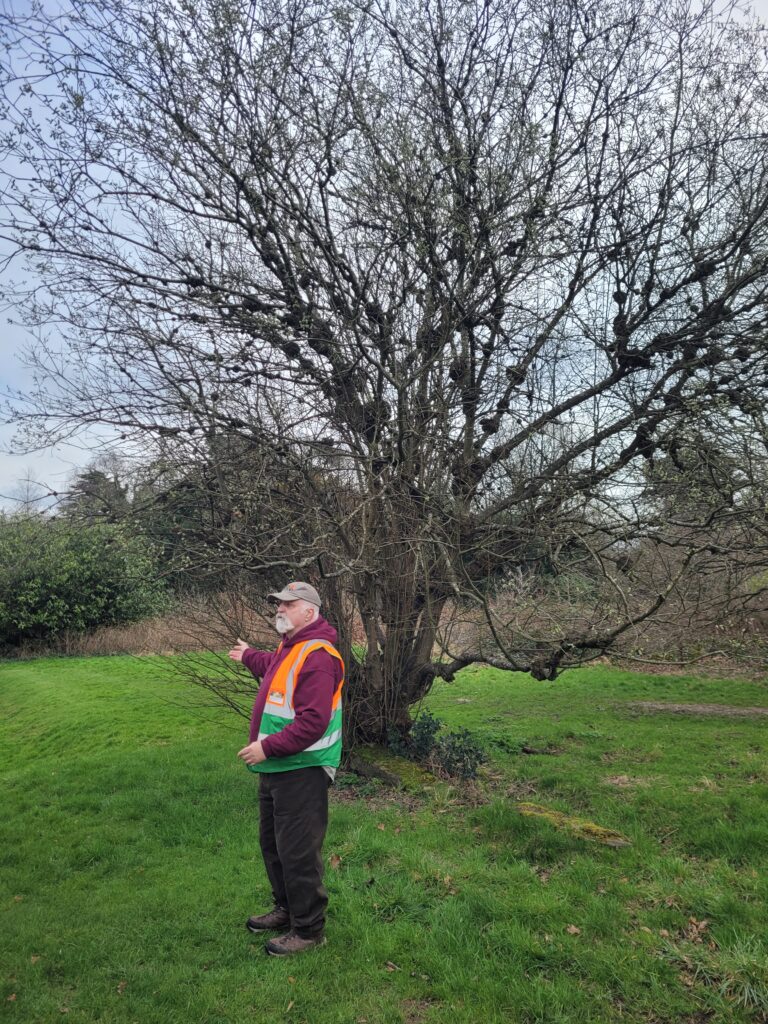
The Goat Willow, coexisting with the Goat Moth, had a bacterial canker that caused girdling of the branches, killing them over time. These trees are also a Phoenix tree, meaning if they fall on their side, they usually keep growing! Beeches however, in the same family as Oak, do not have deep, strong roots, so drought can easily kill them.
The Dawn Redwood has alternate opposite needles, tolerant of pollution and varying soil conditions, making for a great street tree. The park also boasts an irregular avenue of Whitebeams, but they don’t do too well with trunk damage, so we are going to work with the Friends group to replace the lost trees.
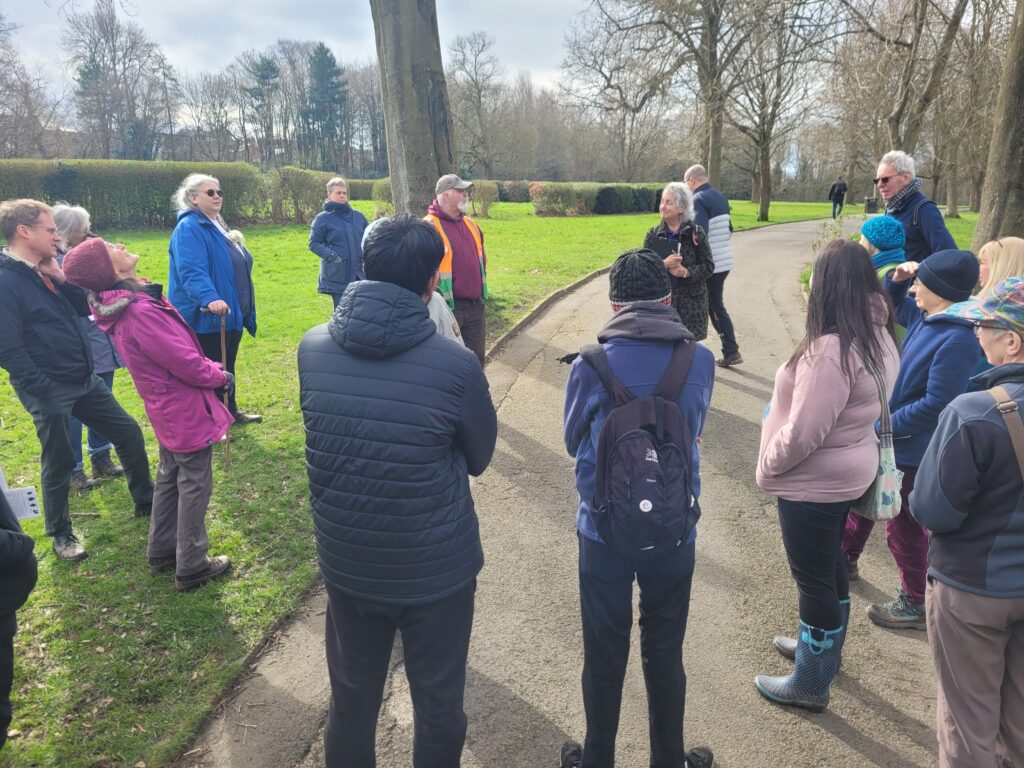
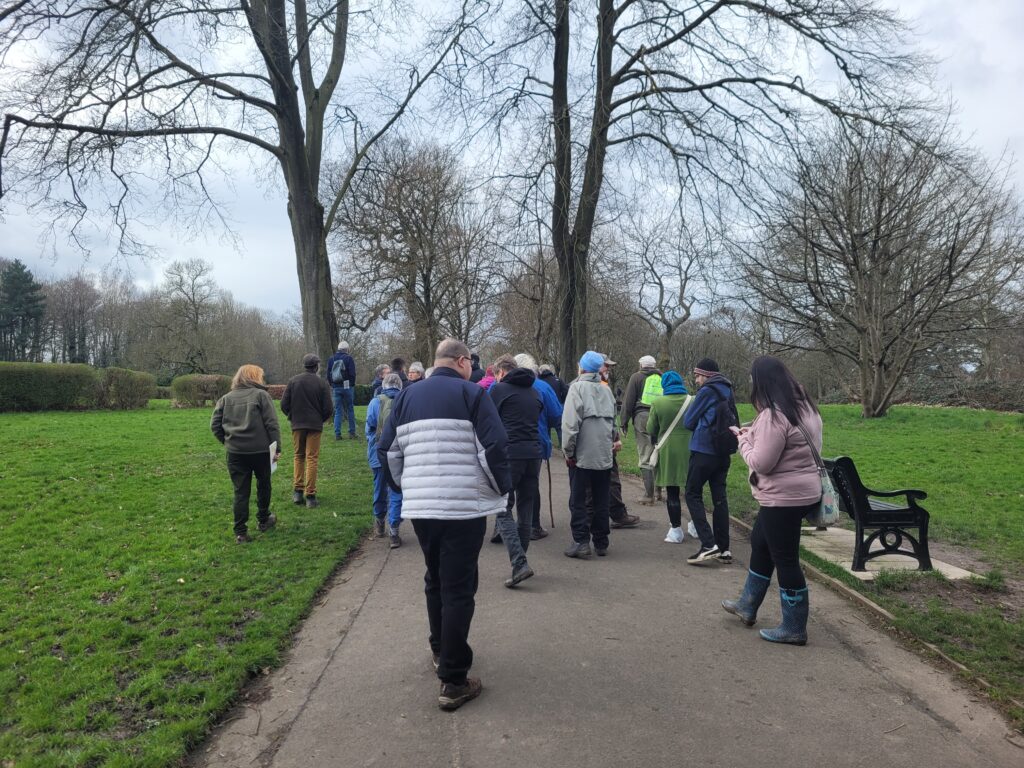

After discussing Cherry’s extra floral nectaries to attract the predators of their predators, we ended on the ancient Field Maple, whose leaves are like Liquidambar, therefore the opposite buds are key to identifying this tree.
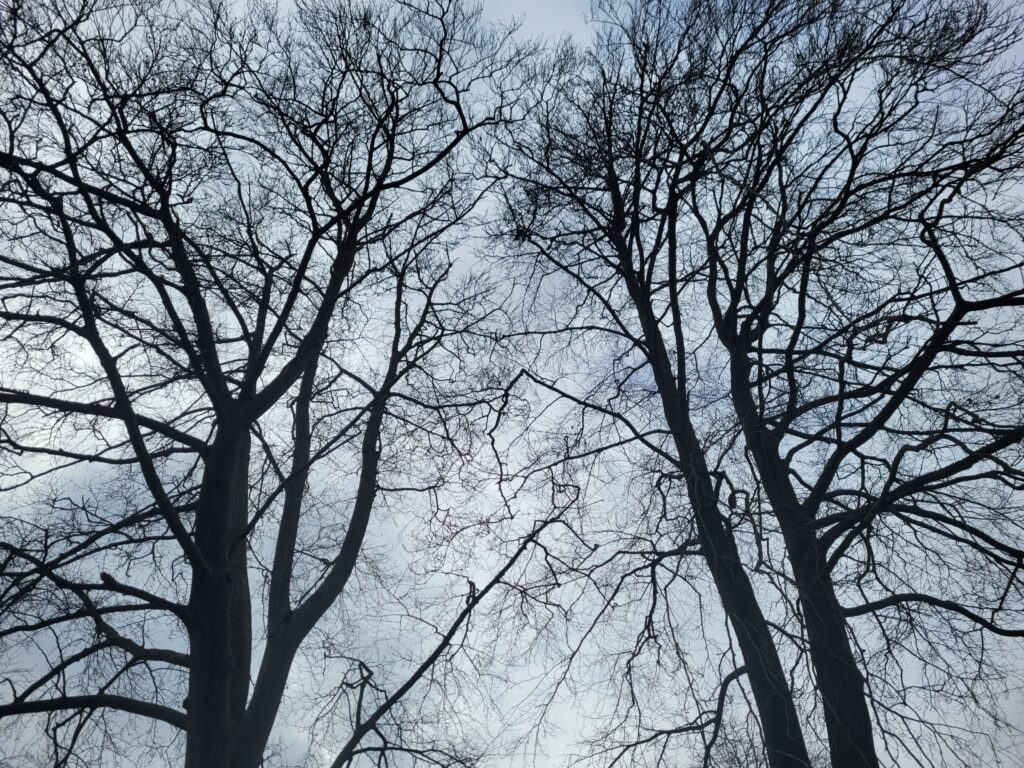
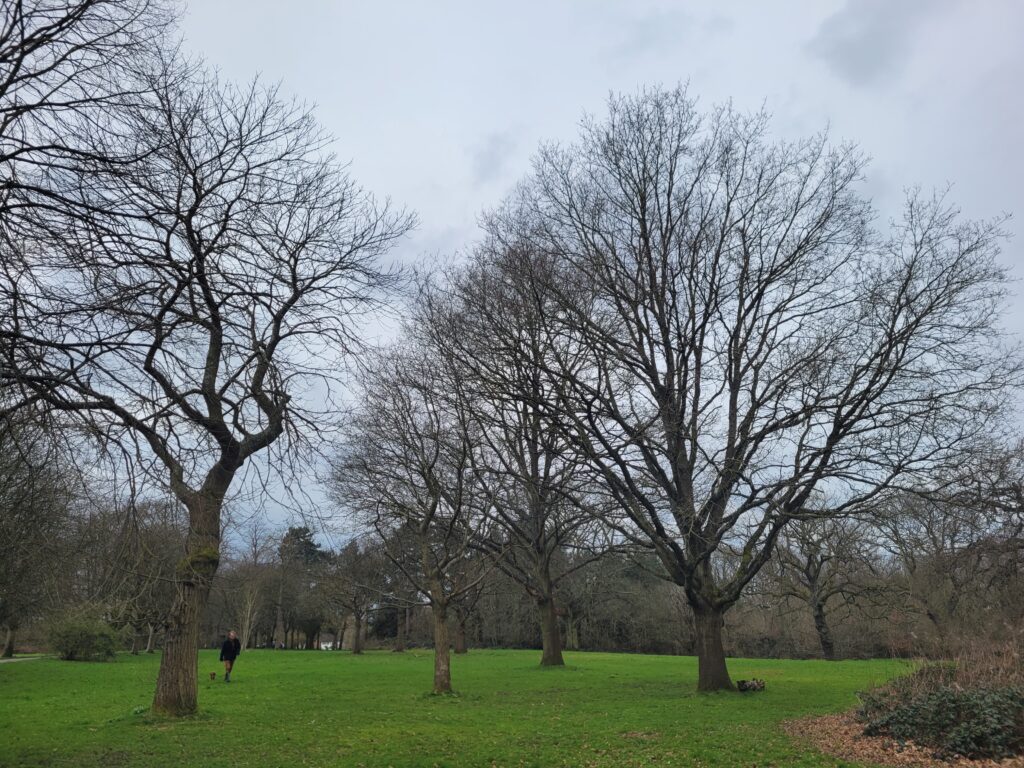
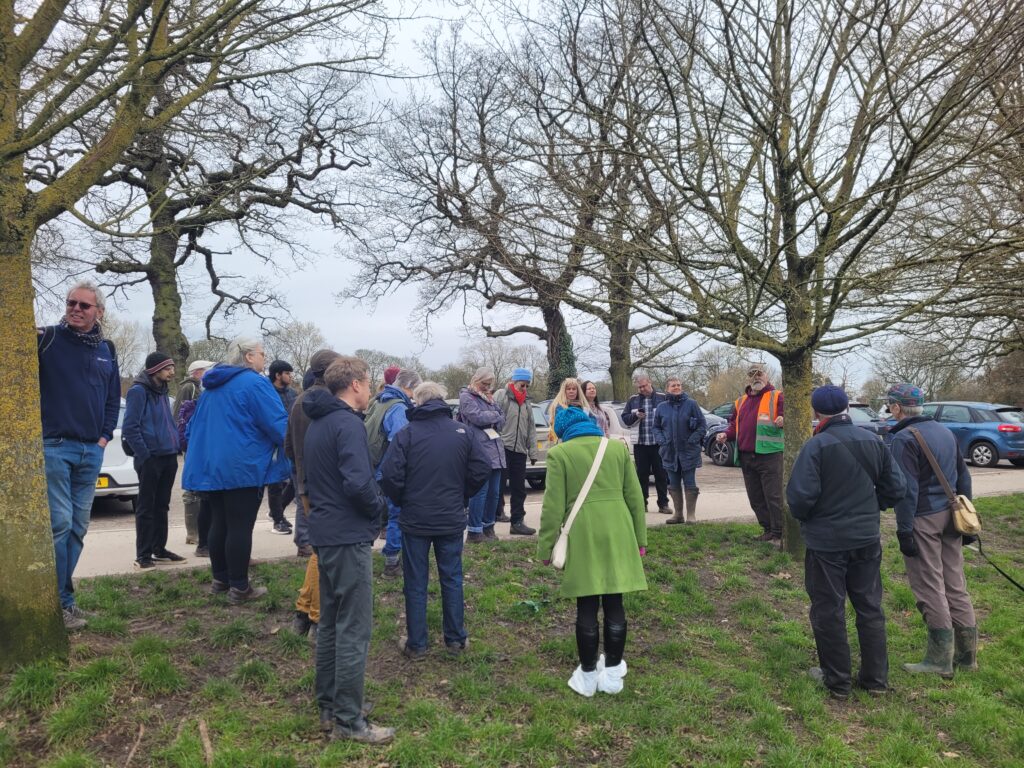
Huge thanks to all the volunteers who attended, and we look forward to the next one!
